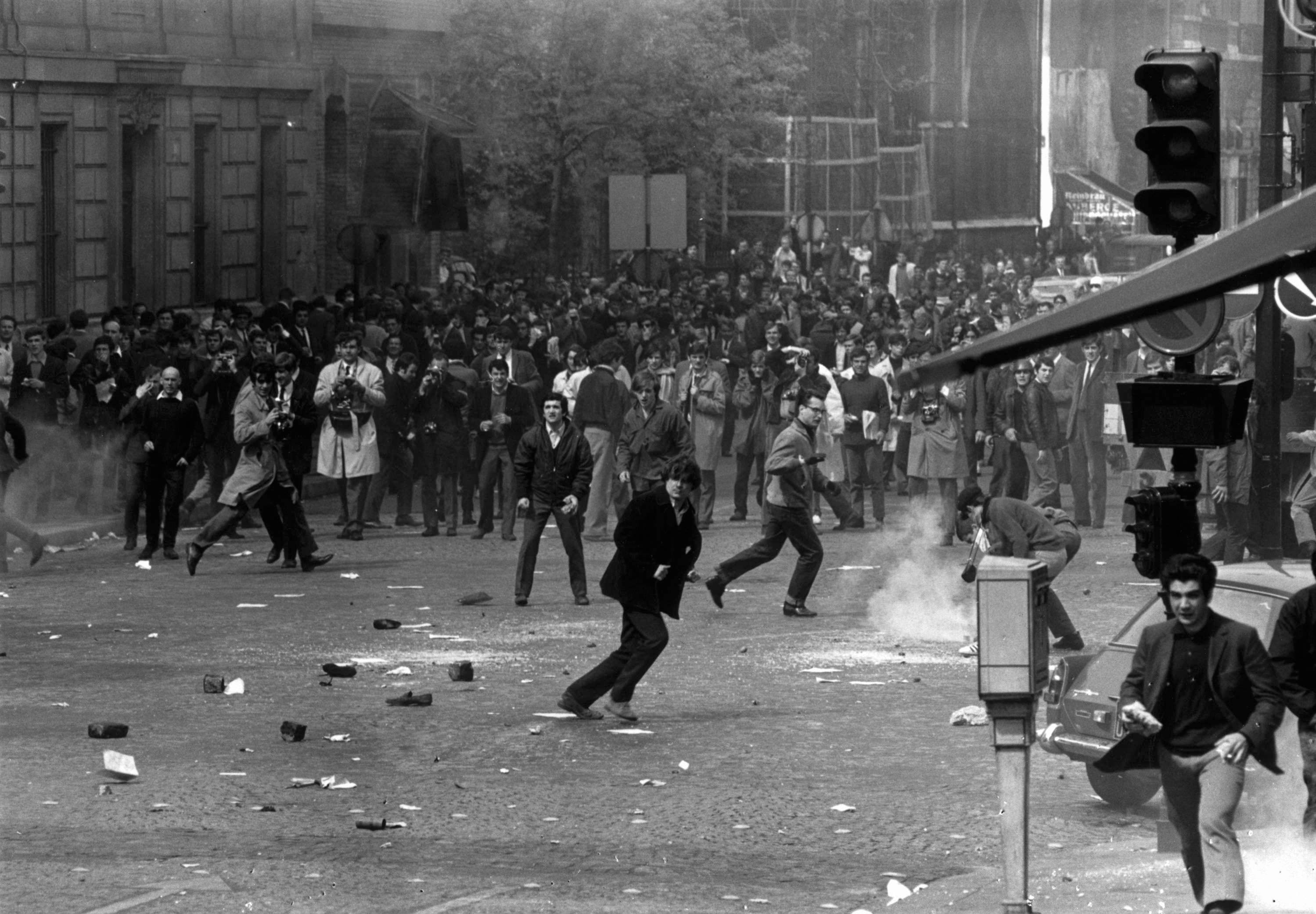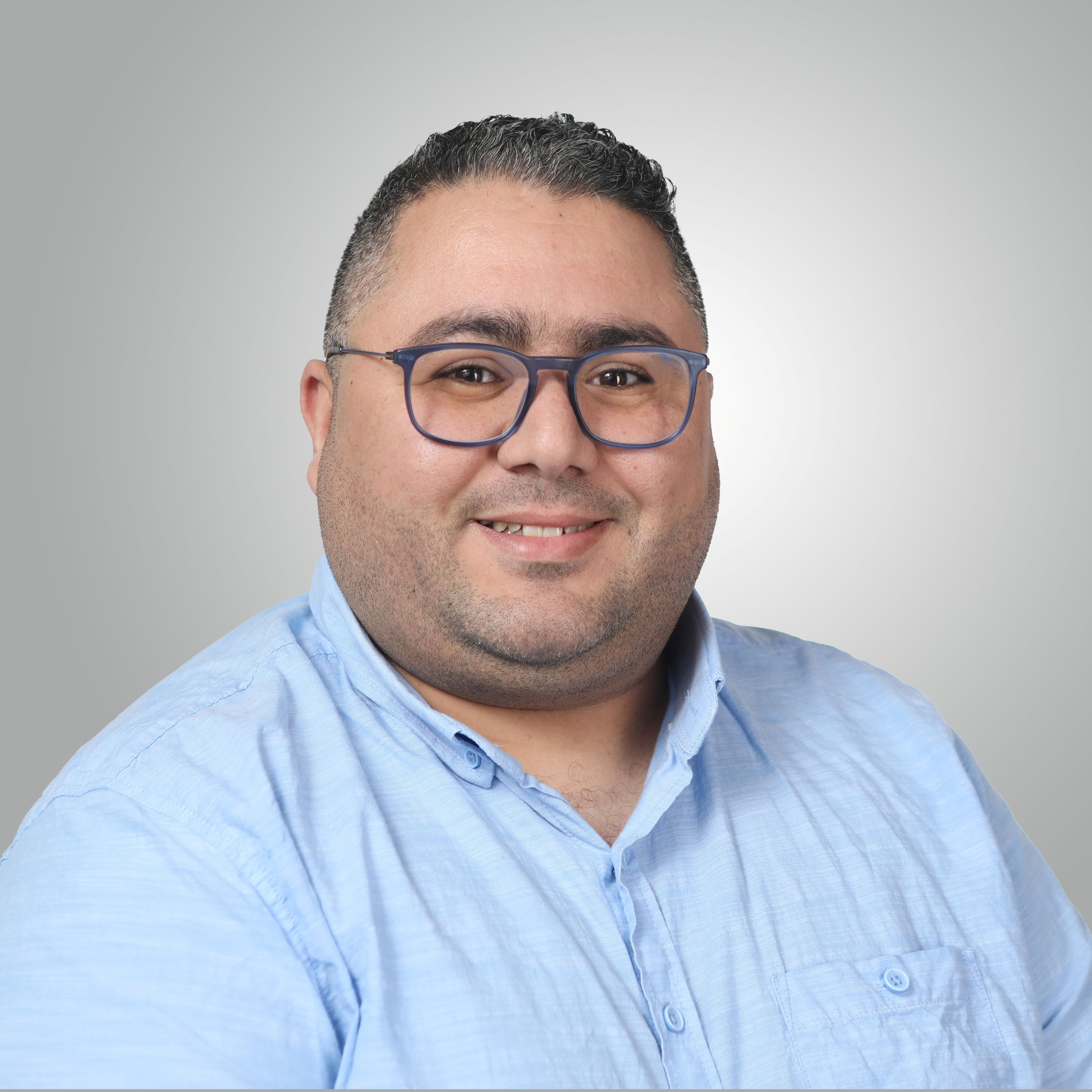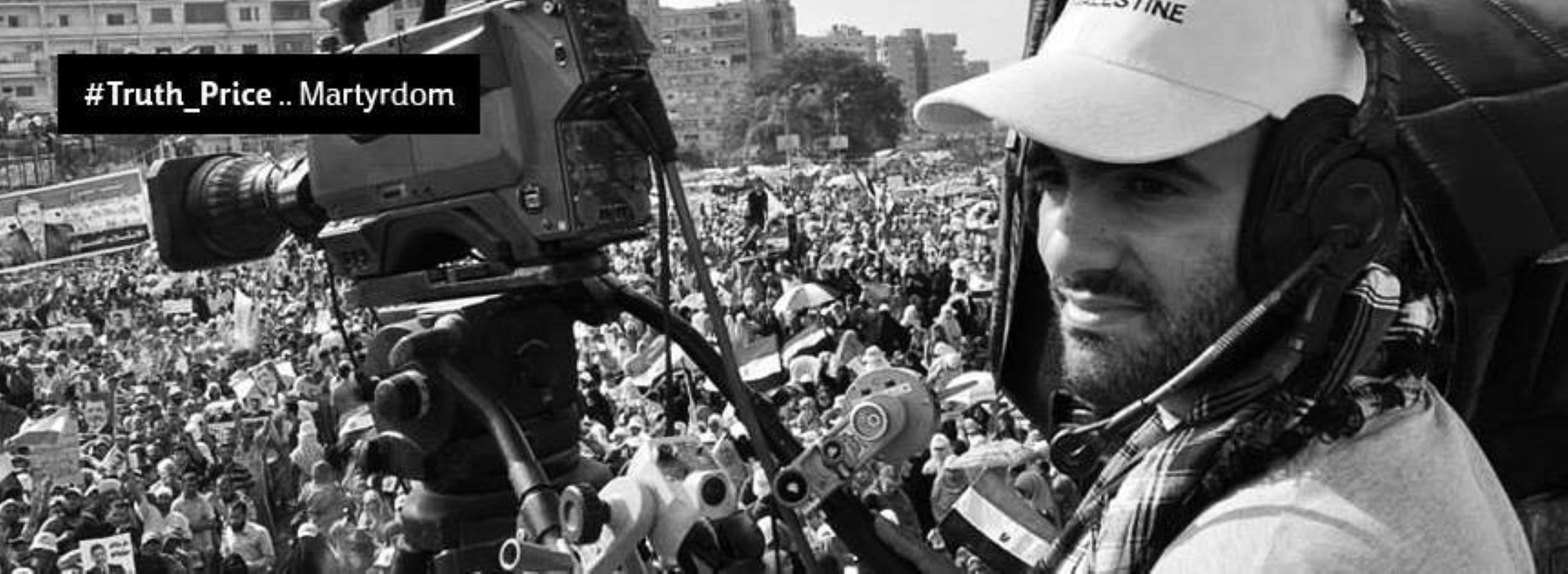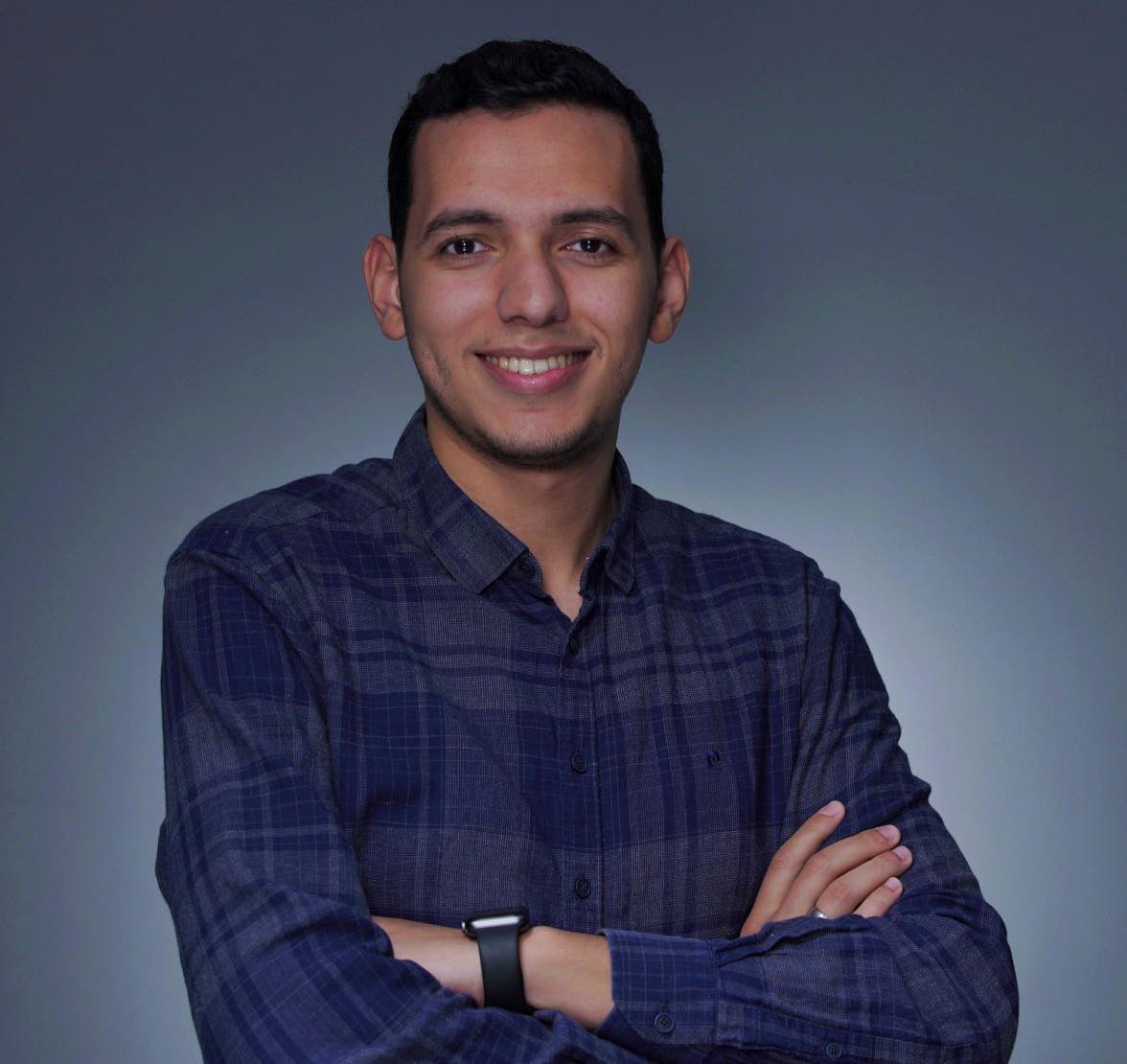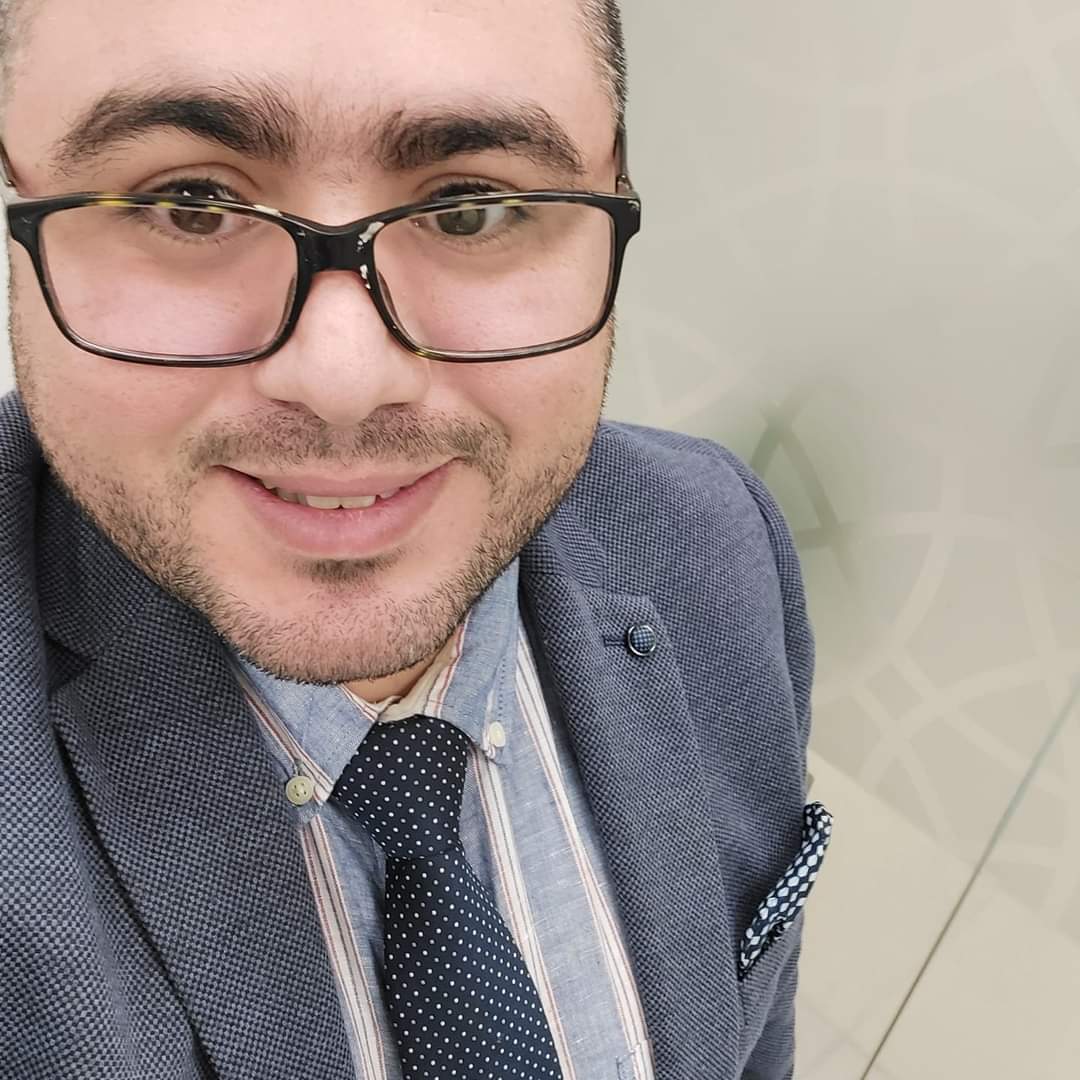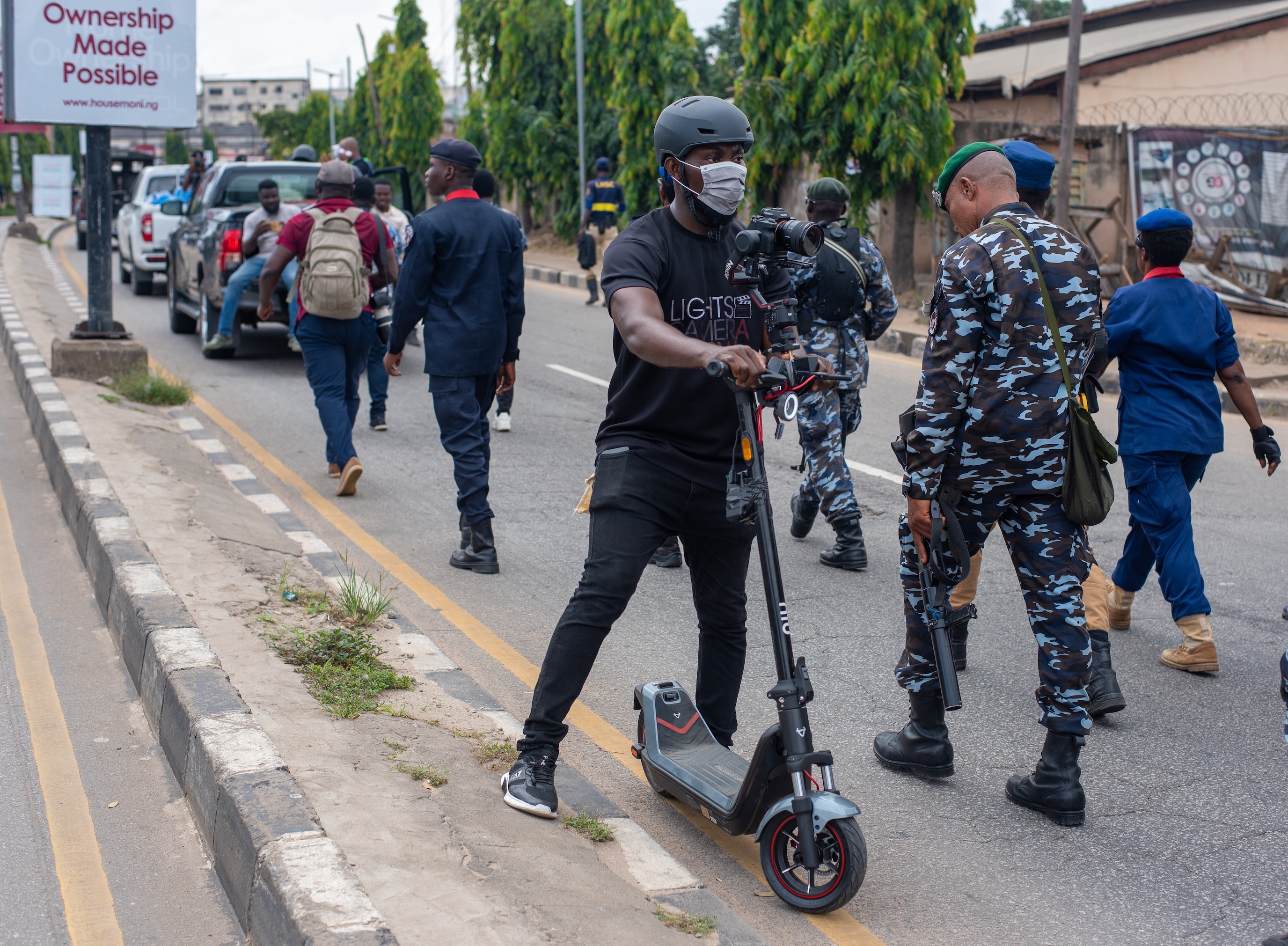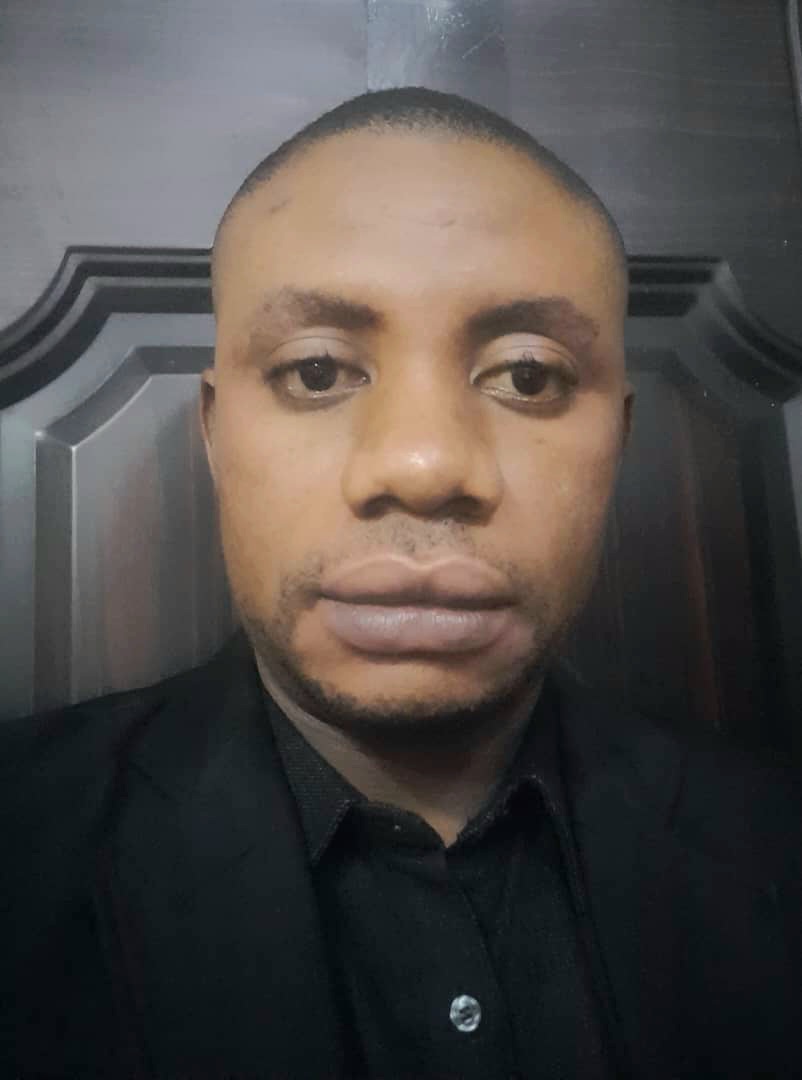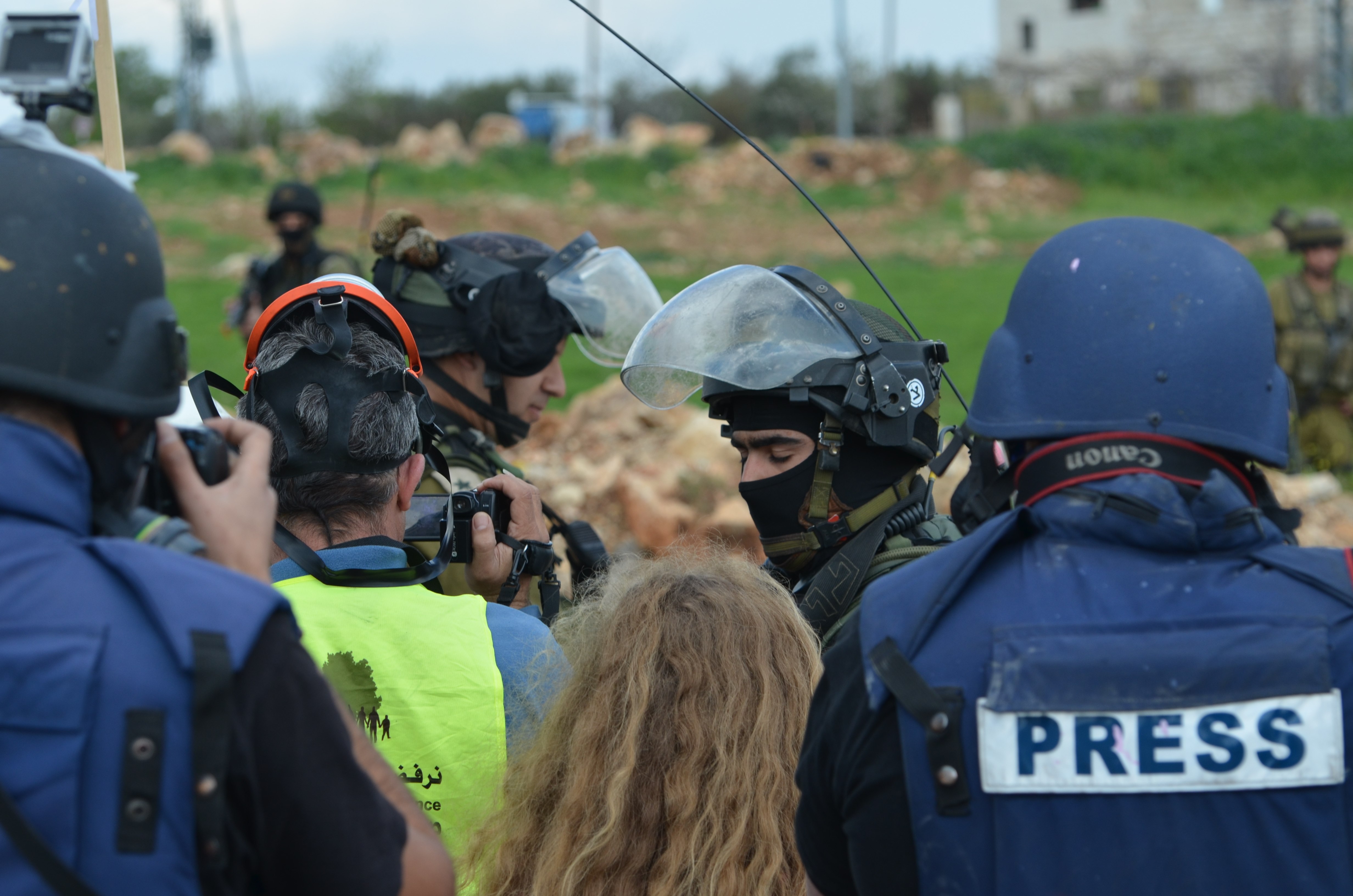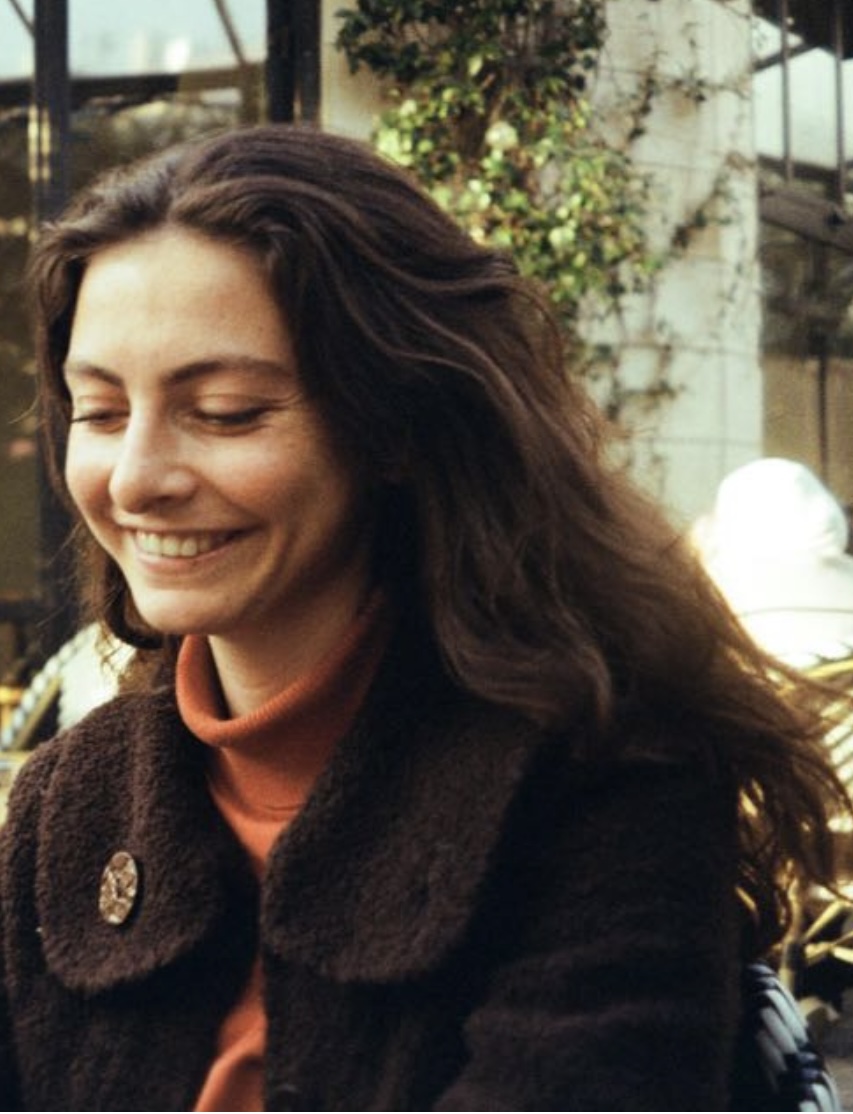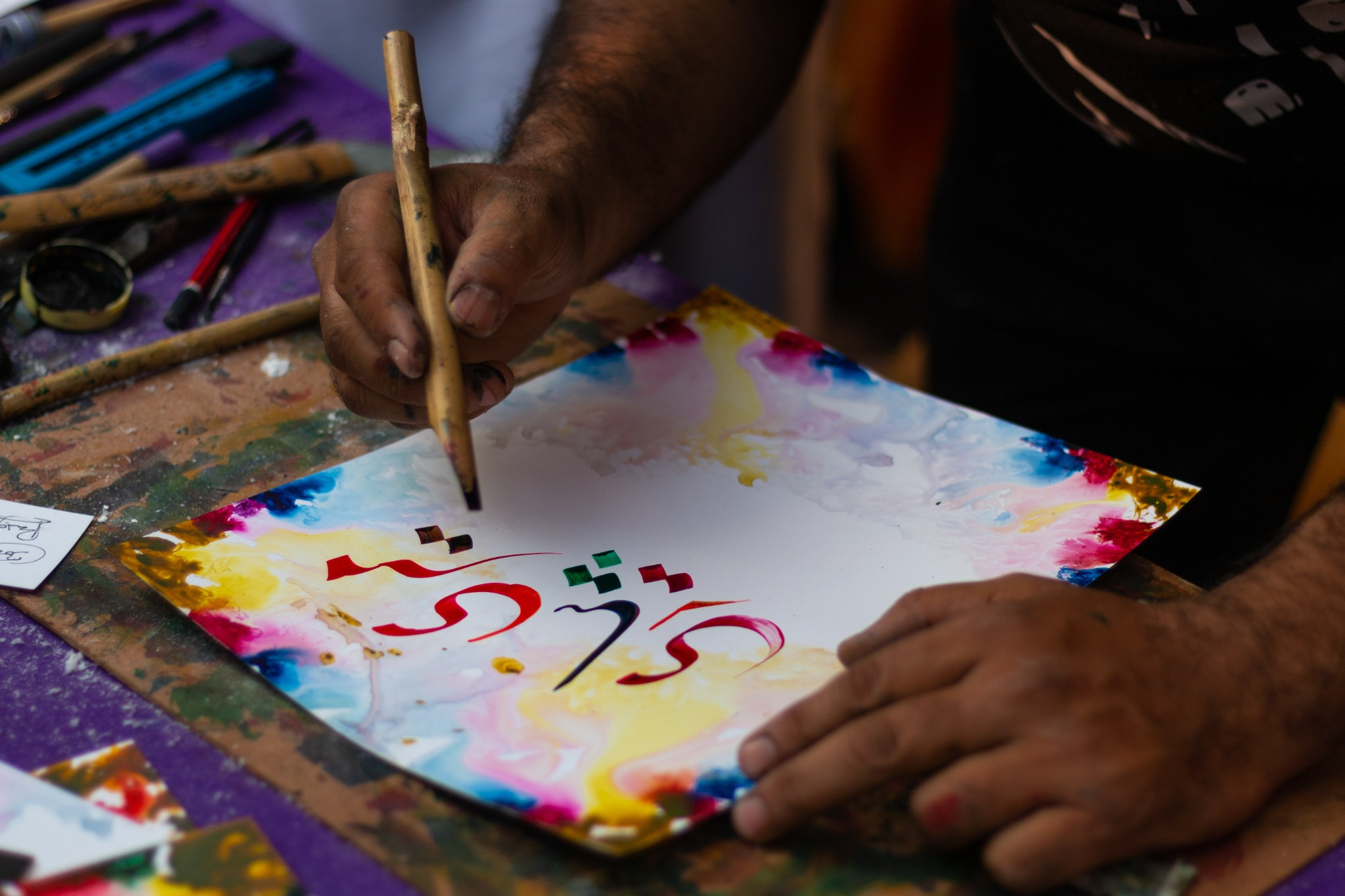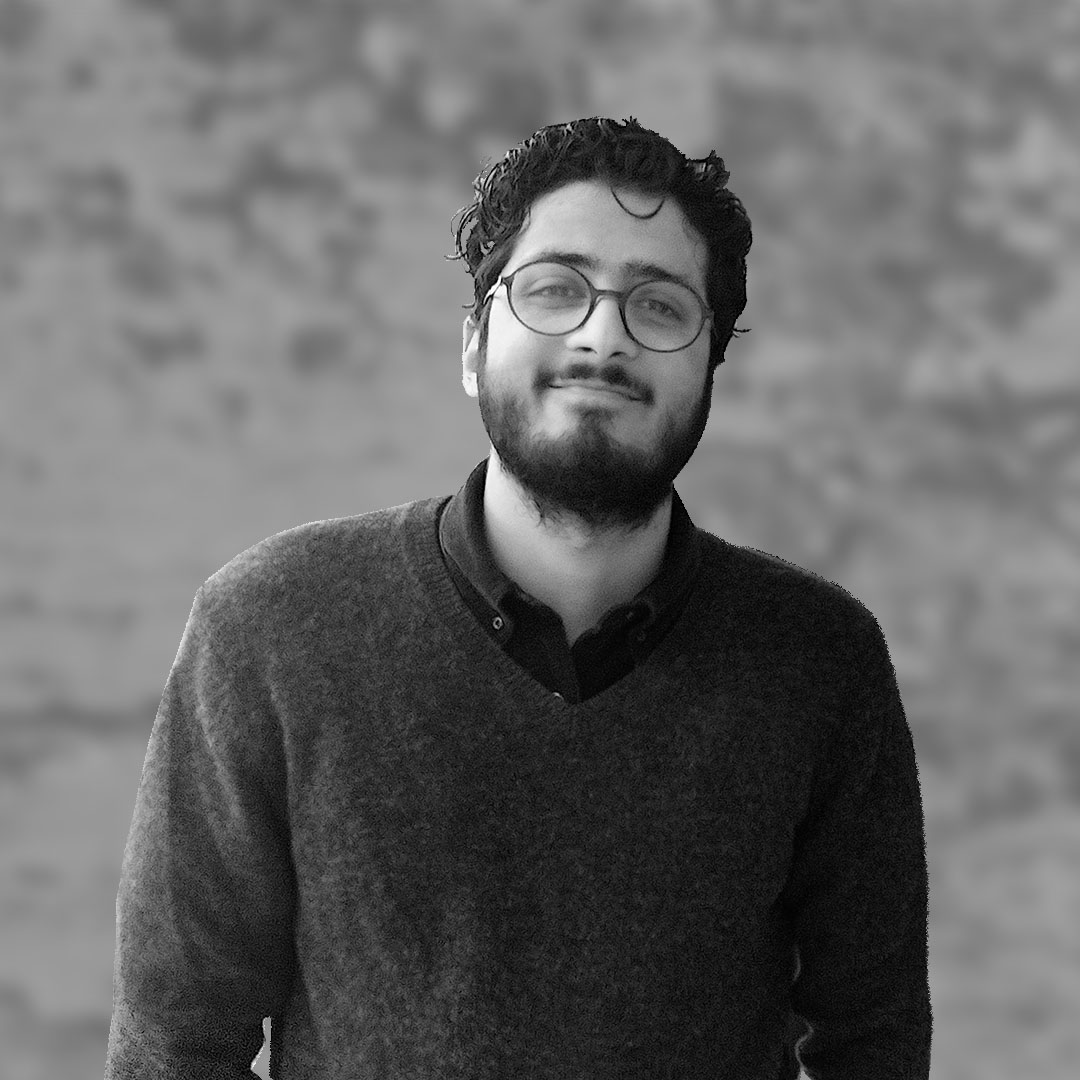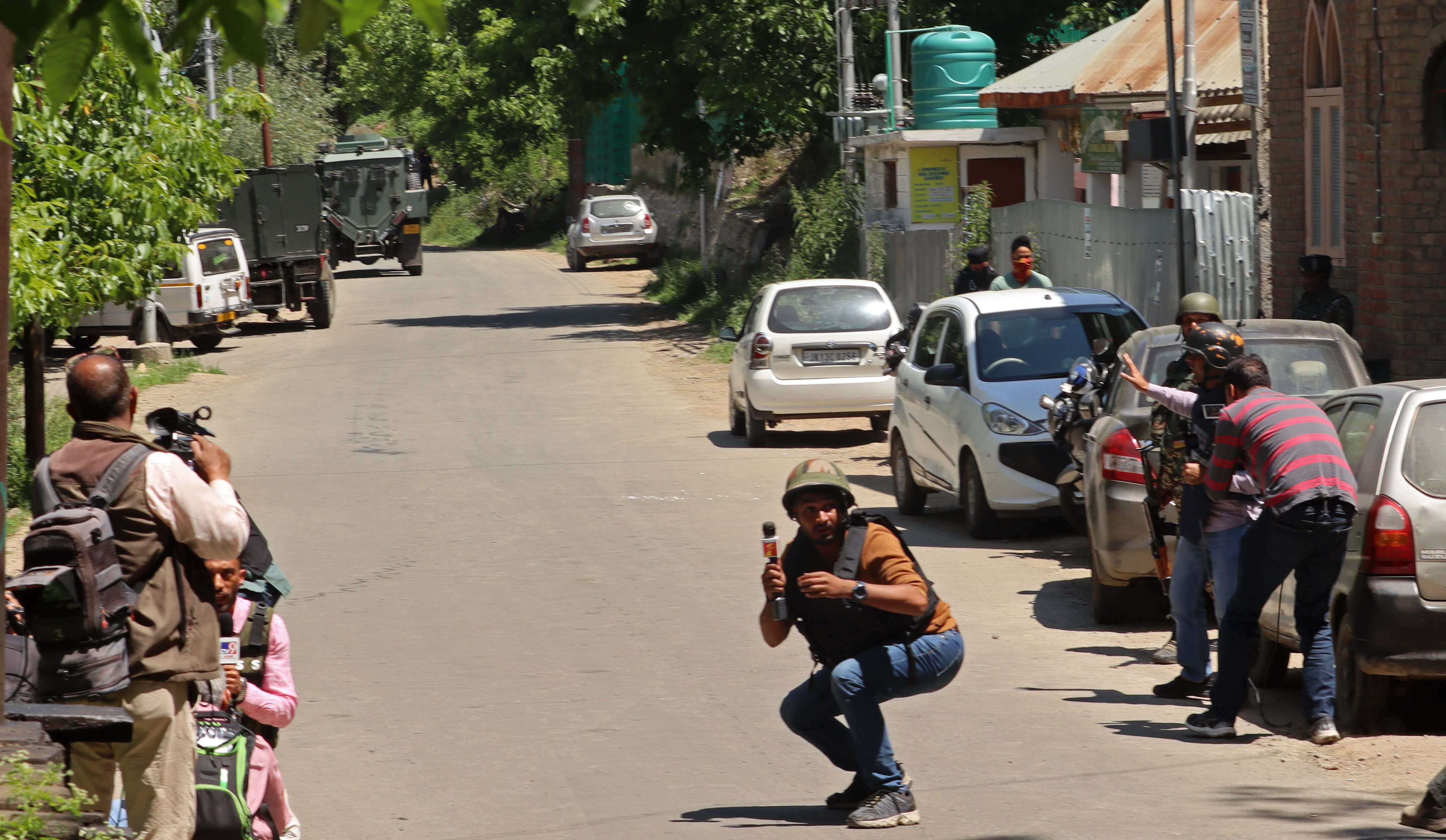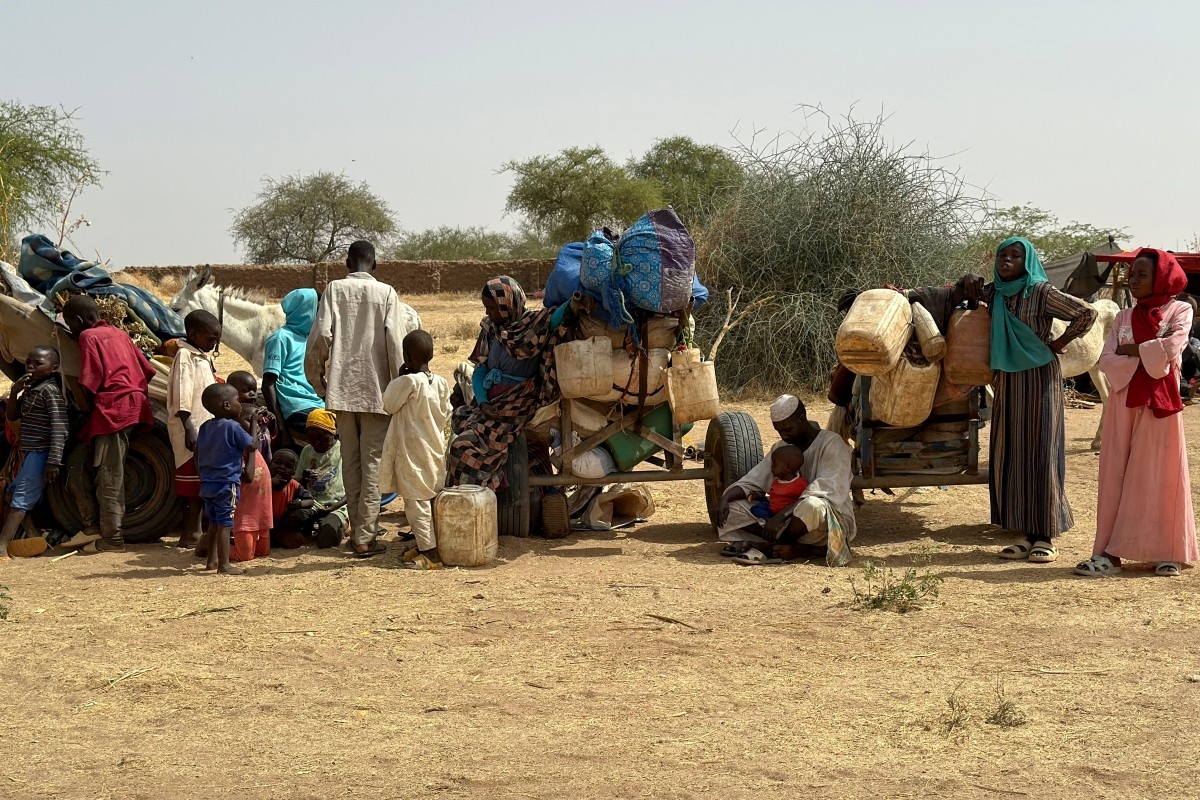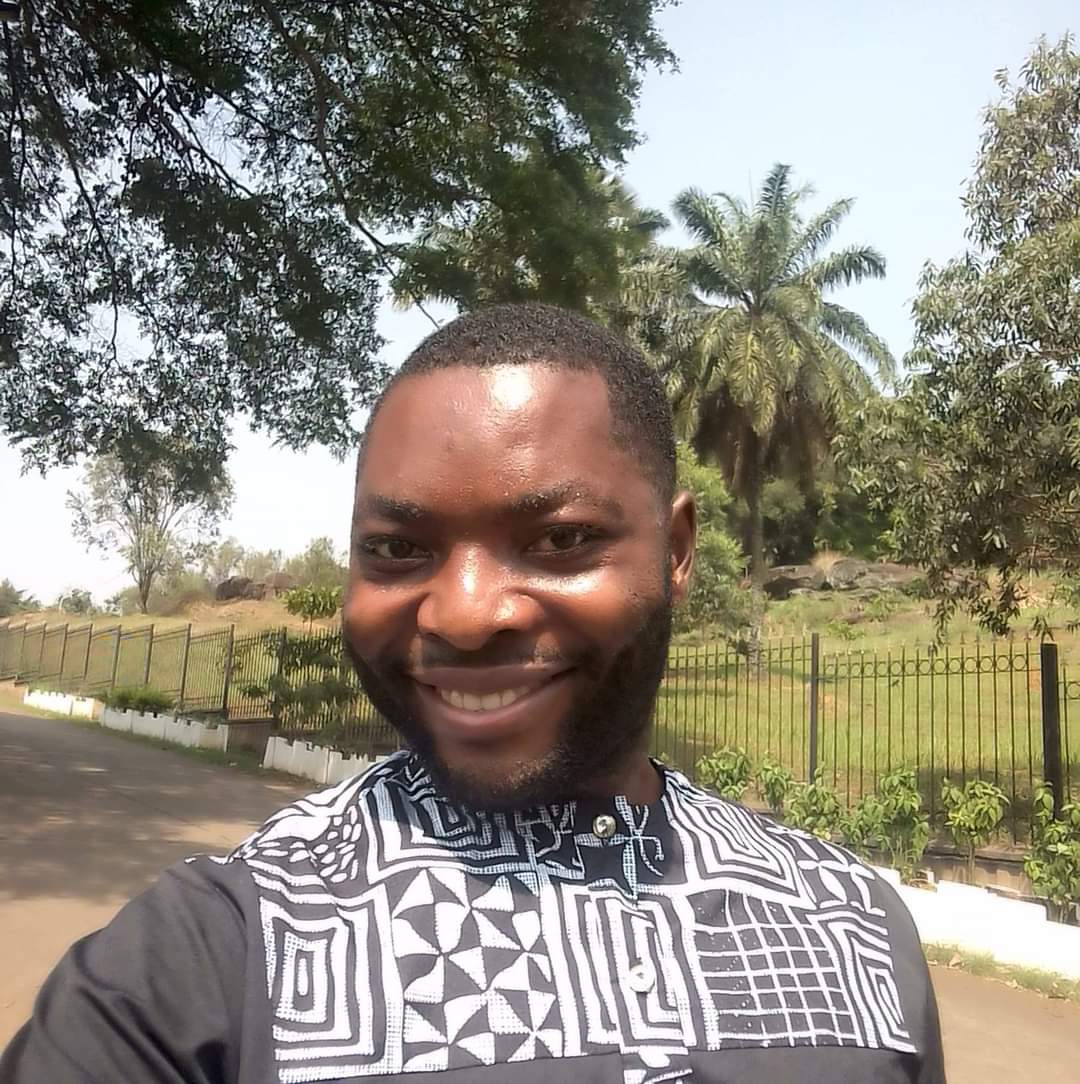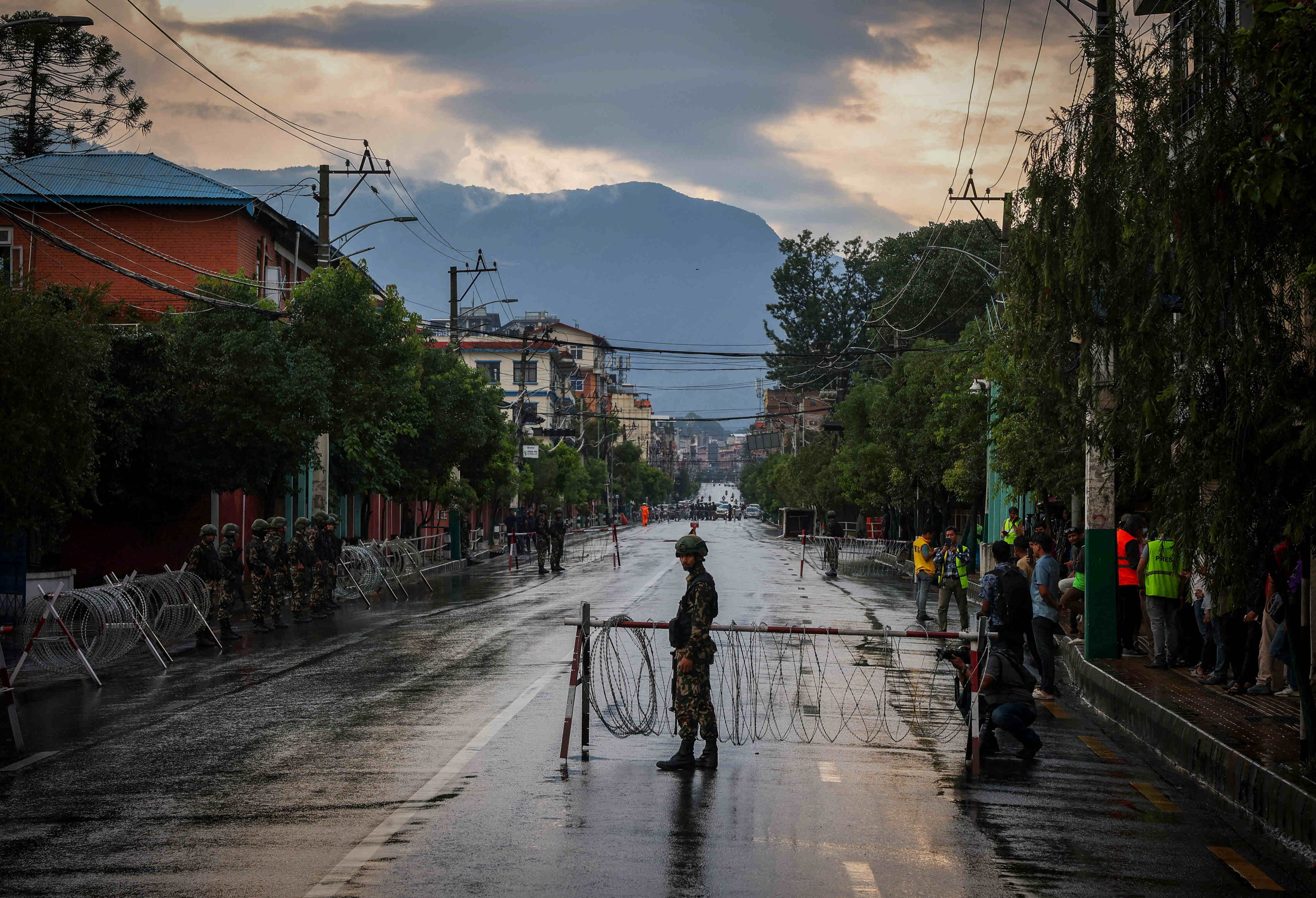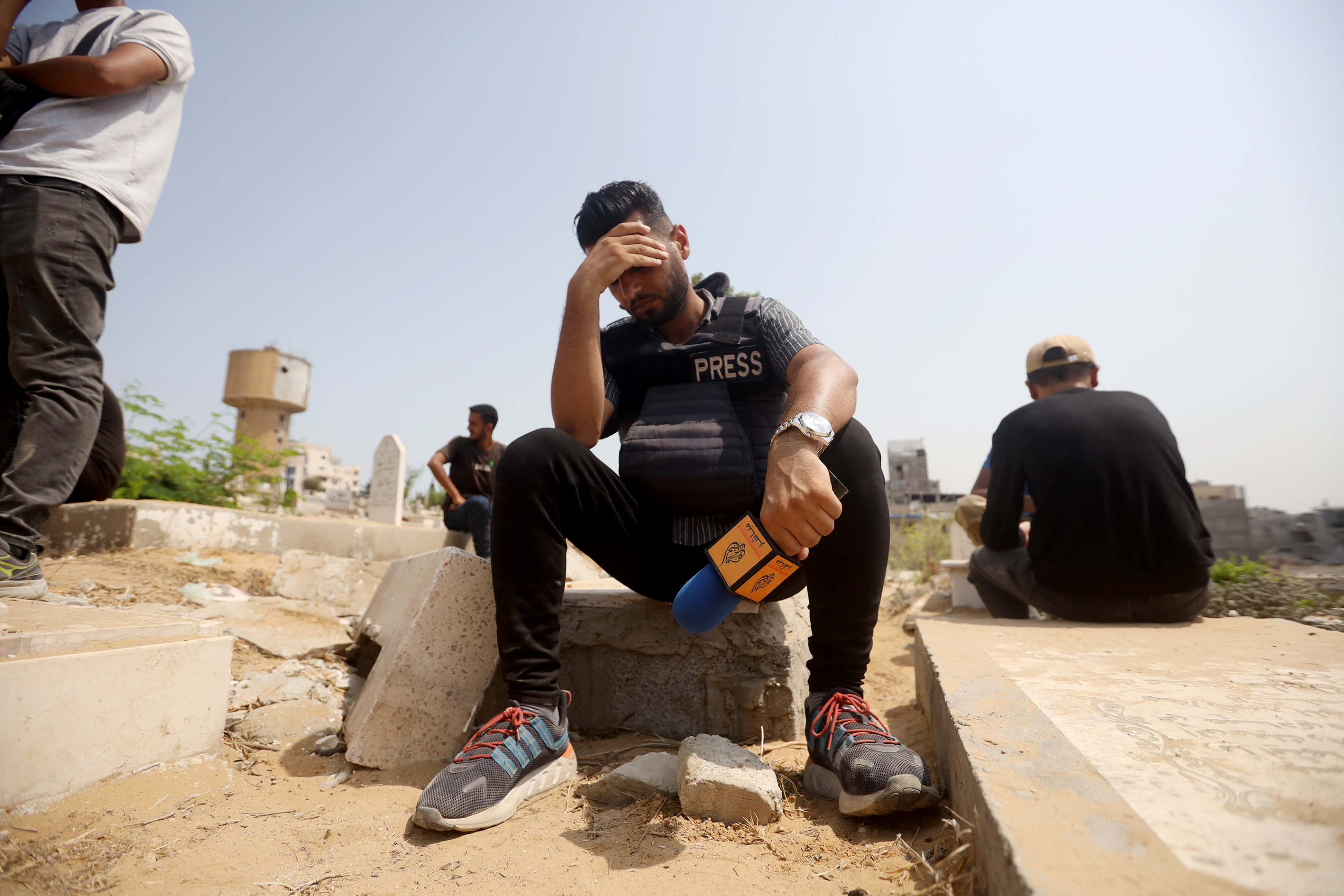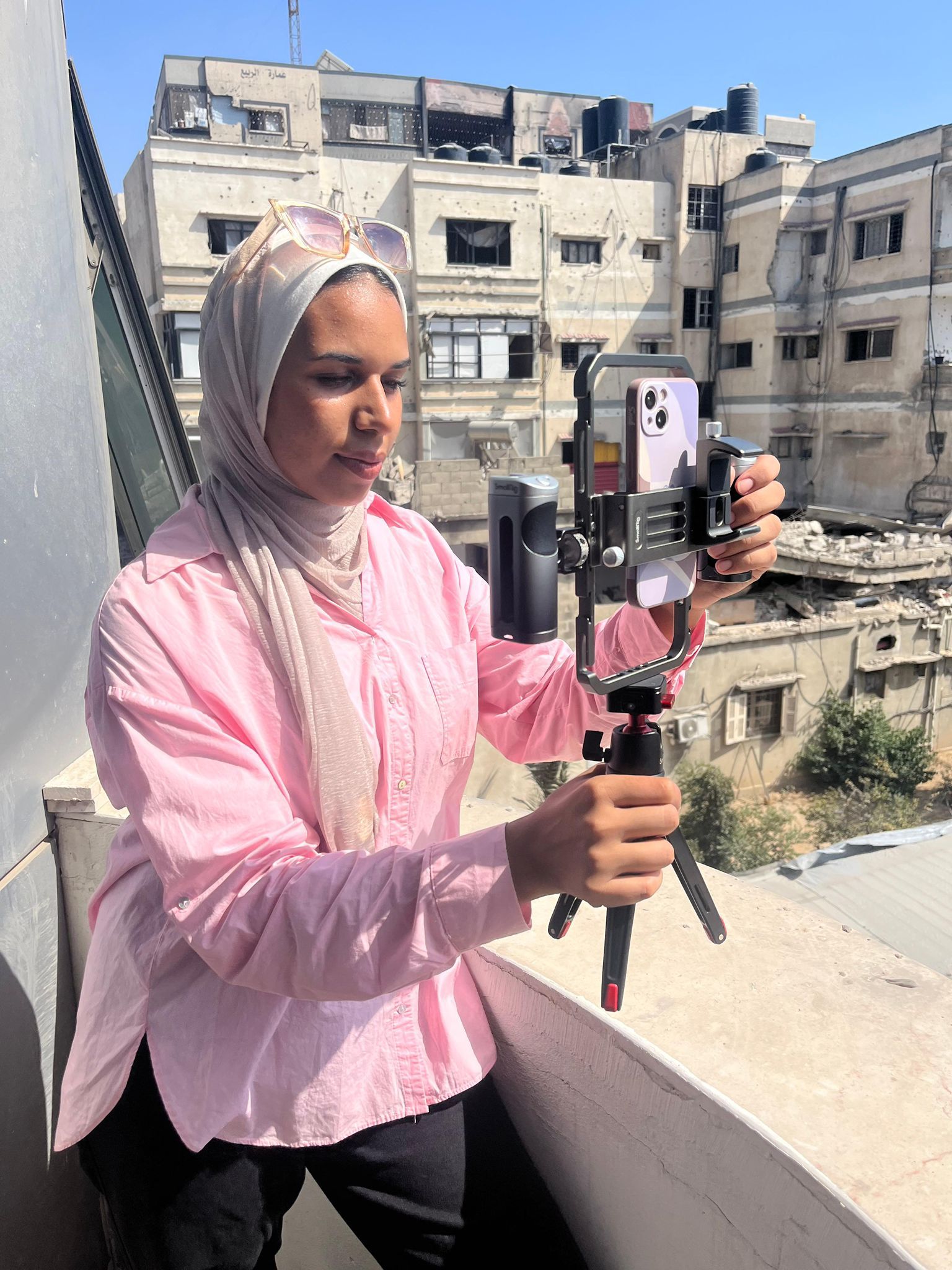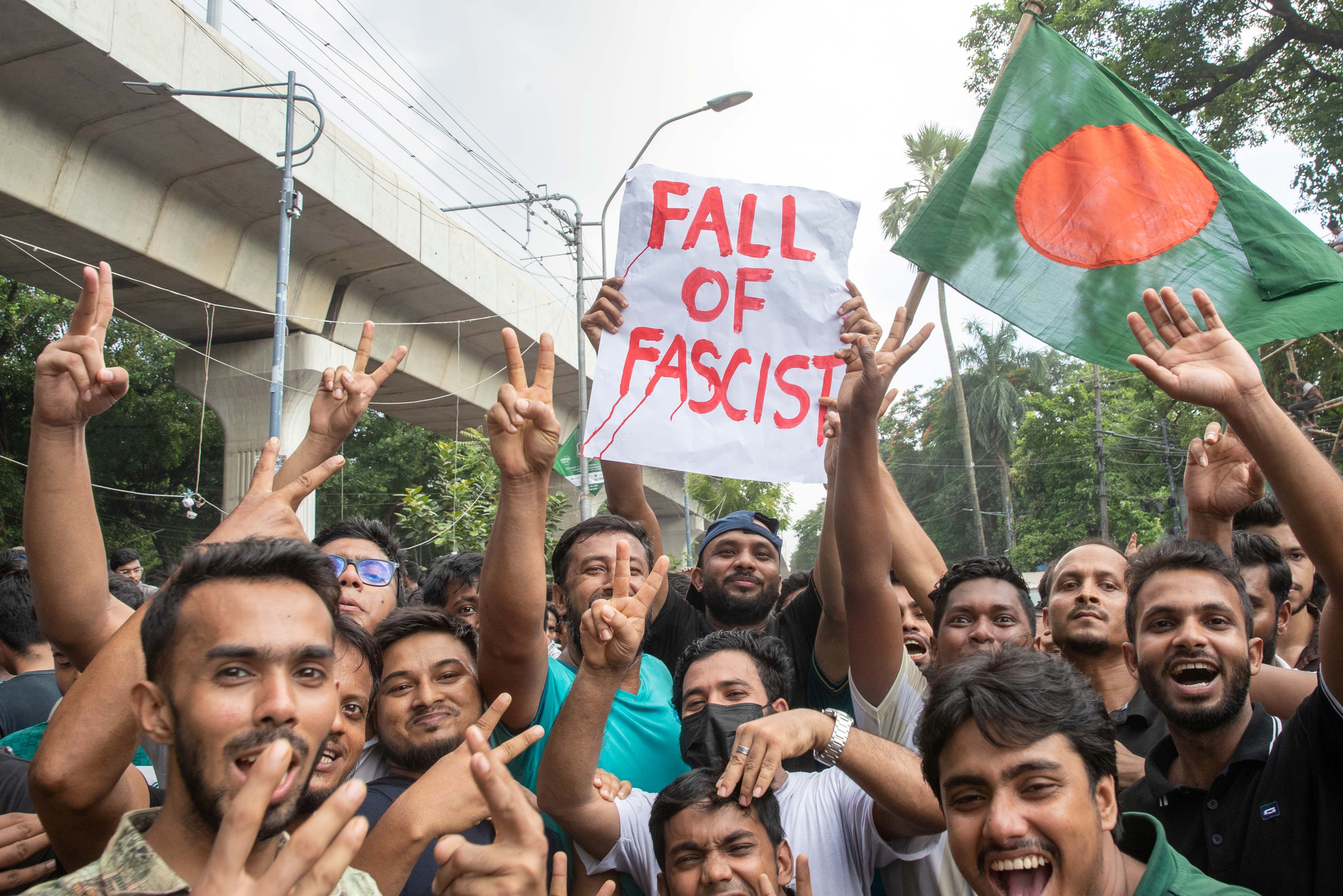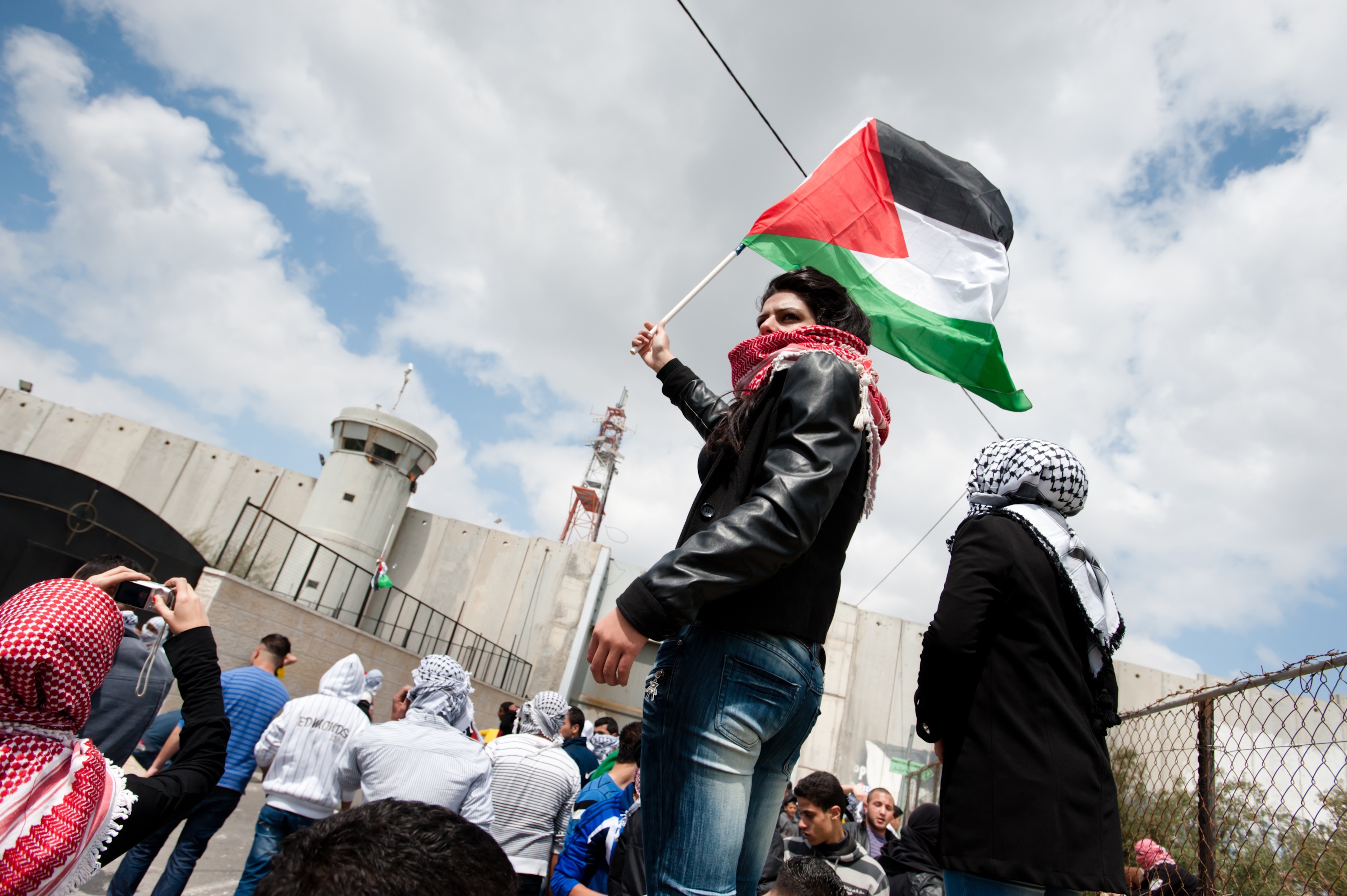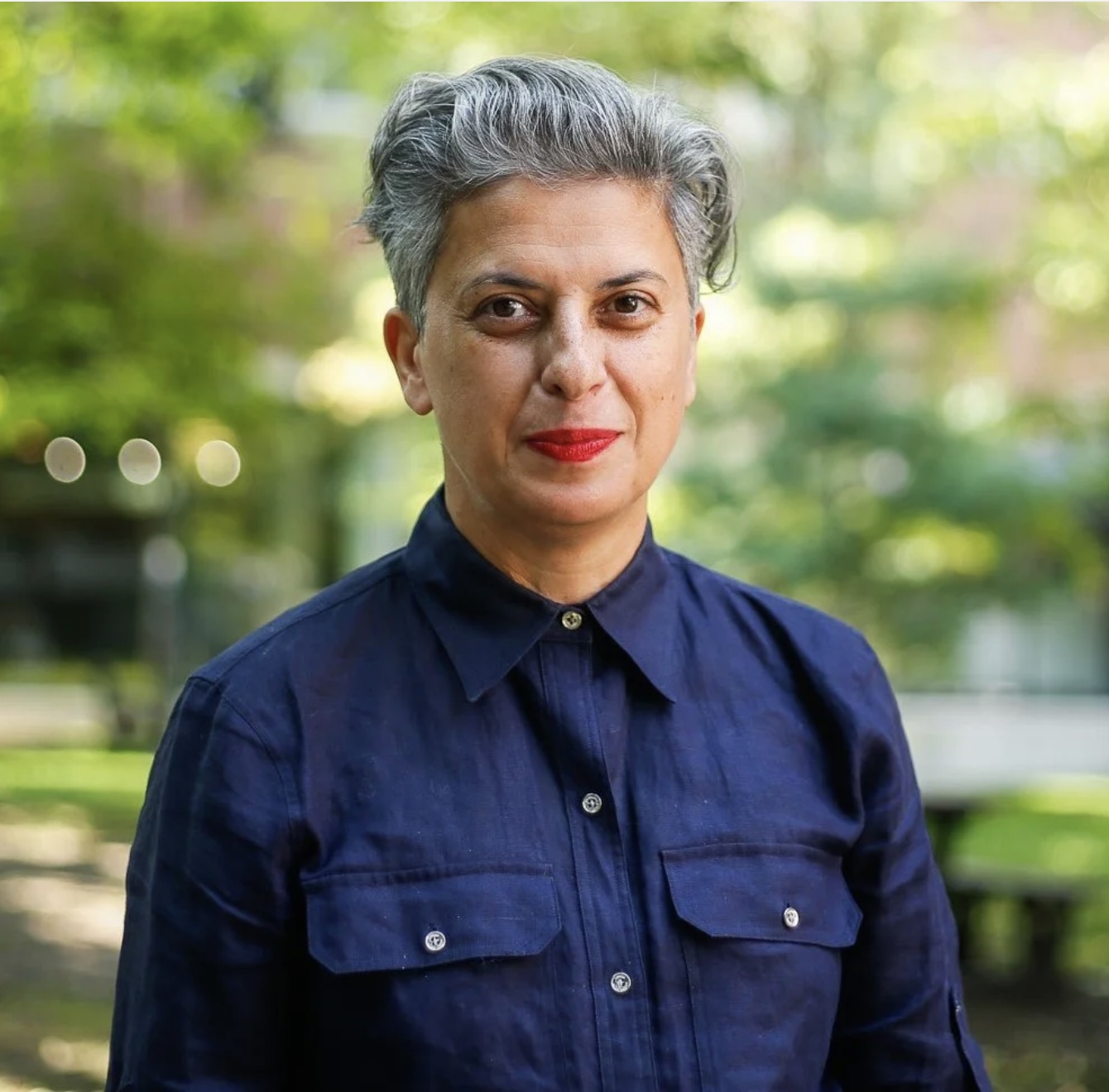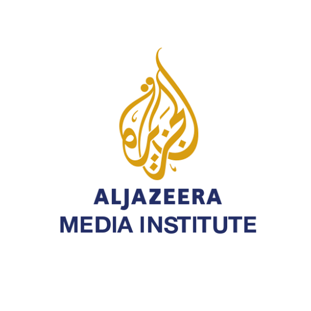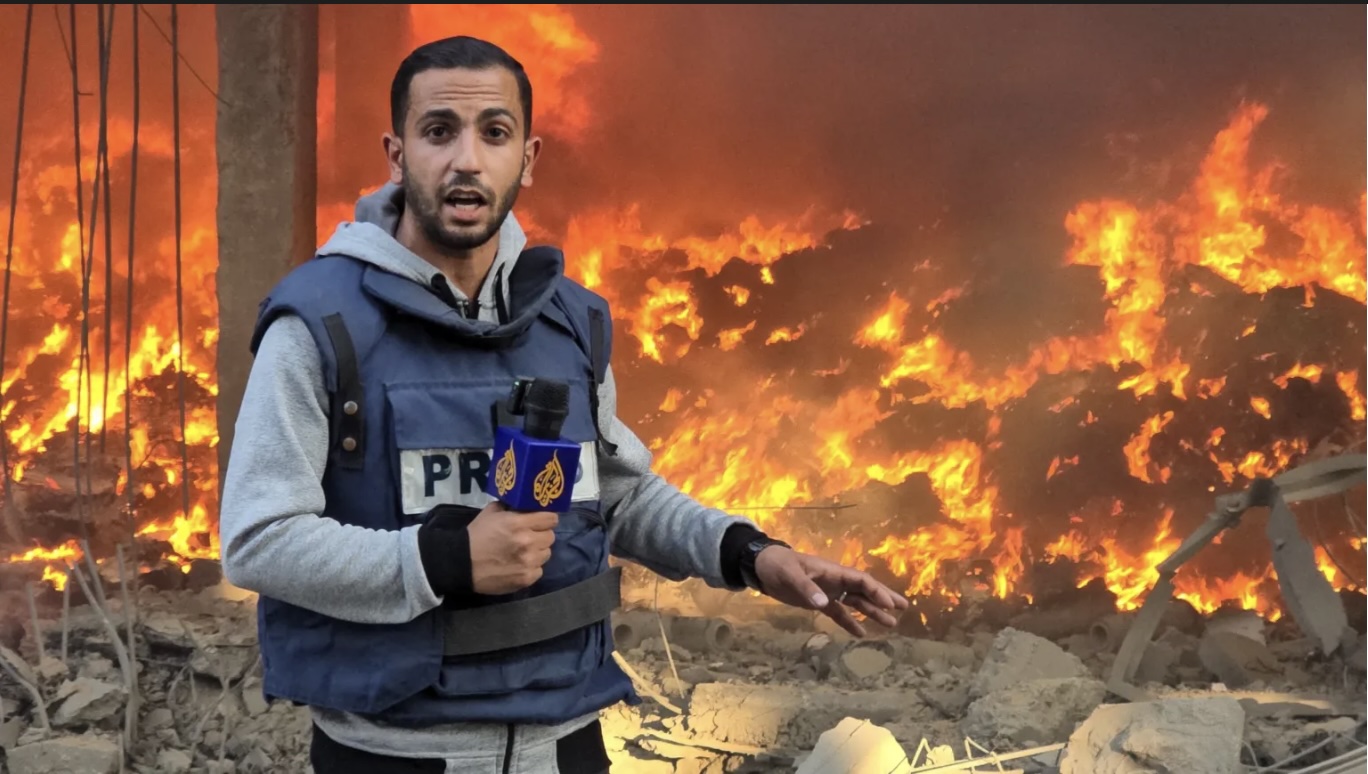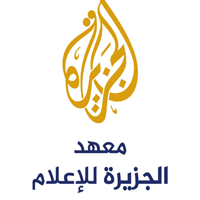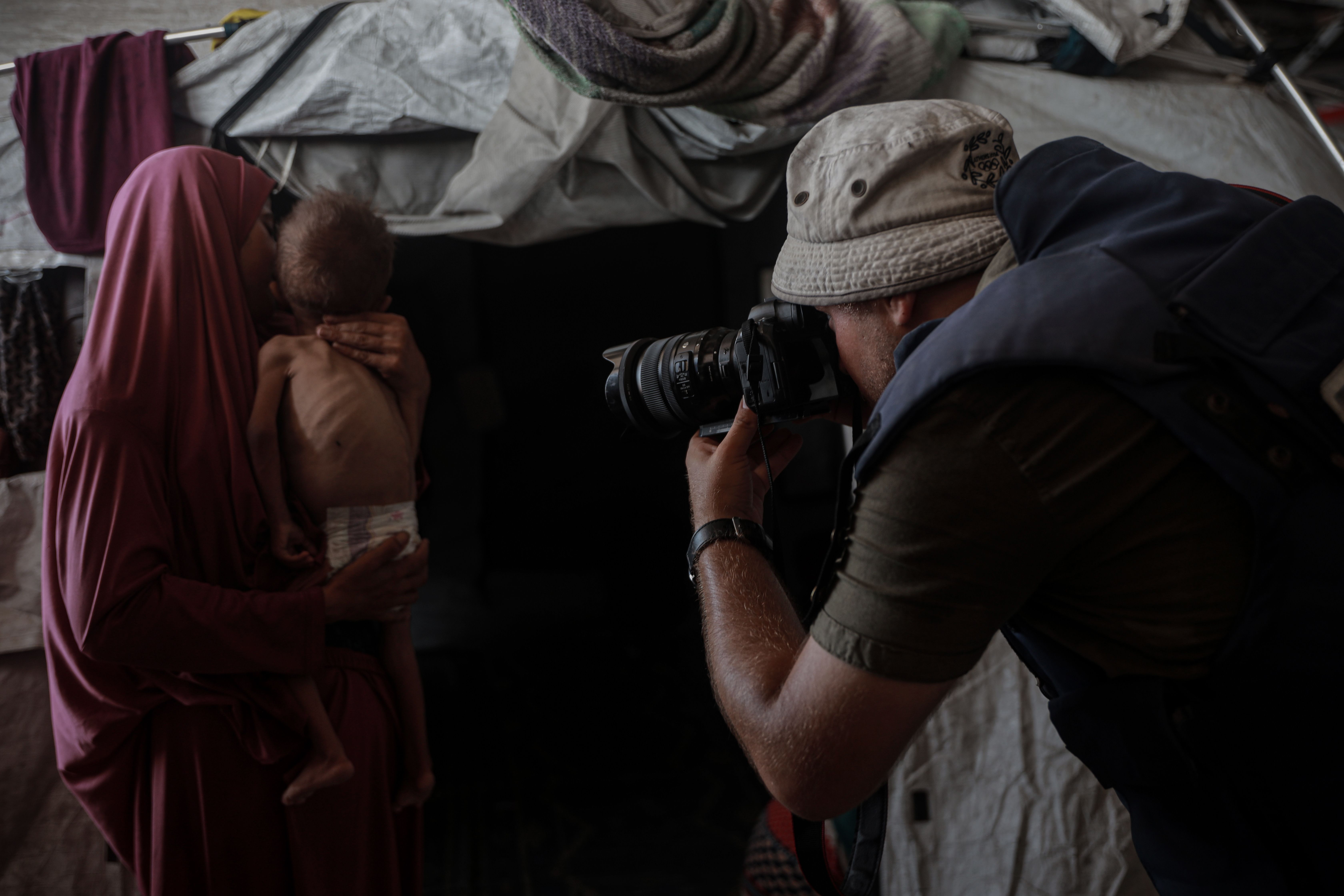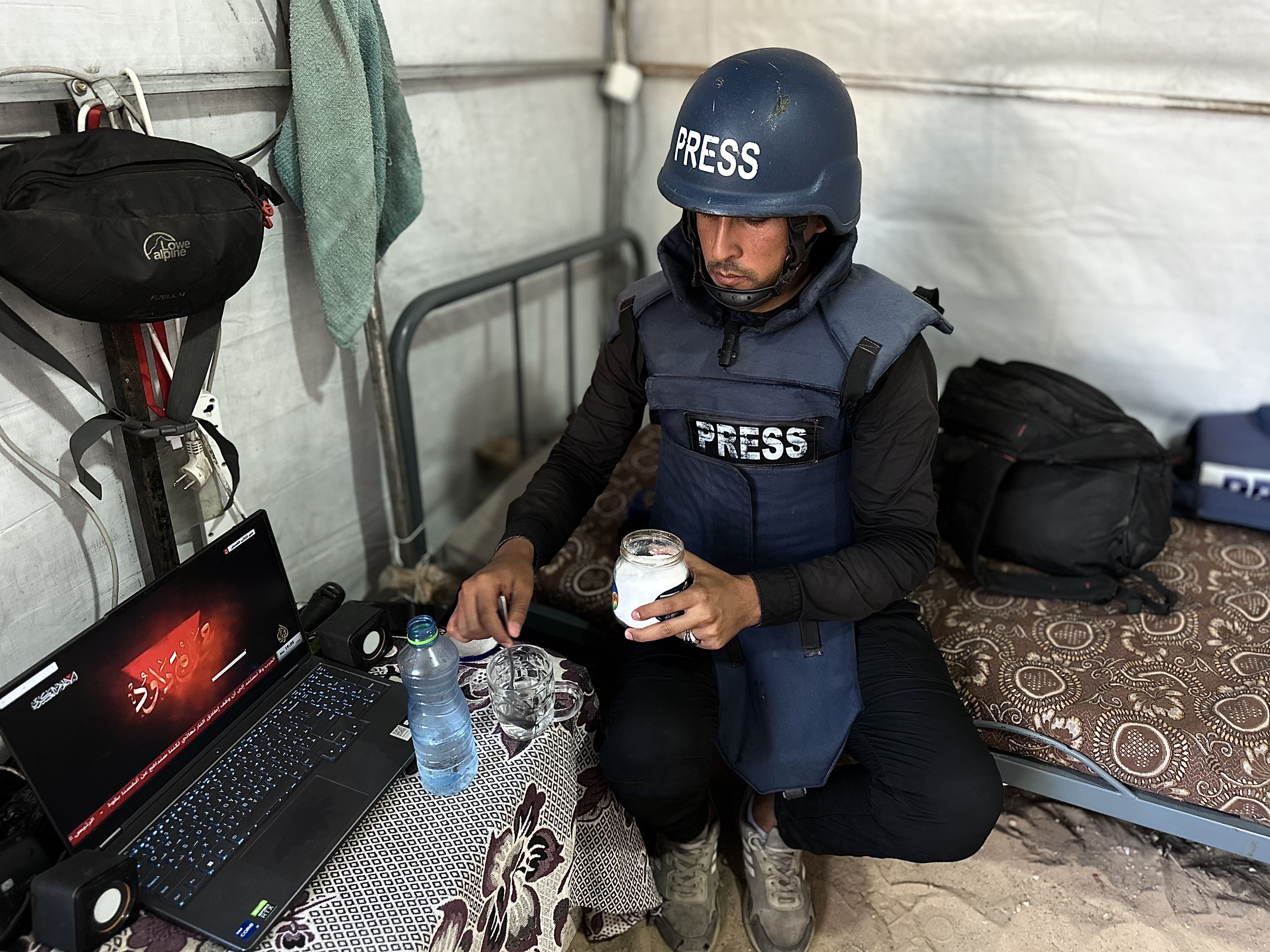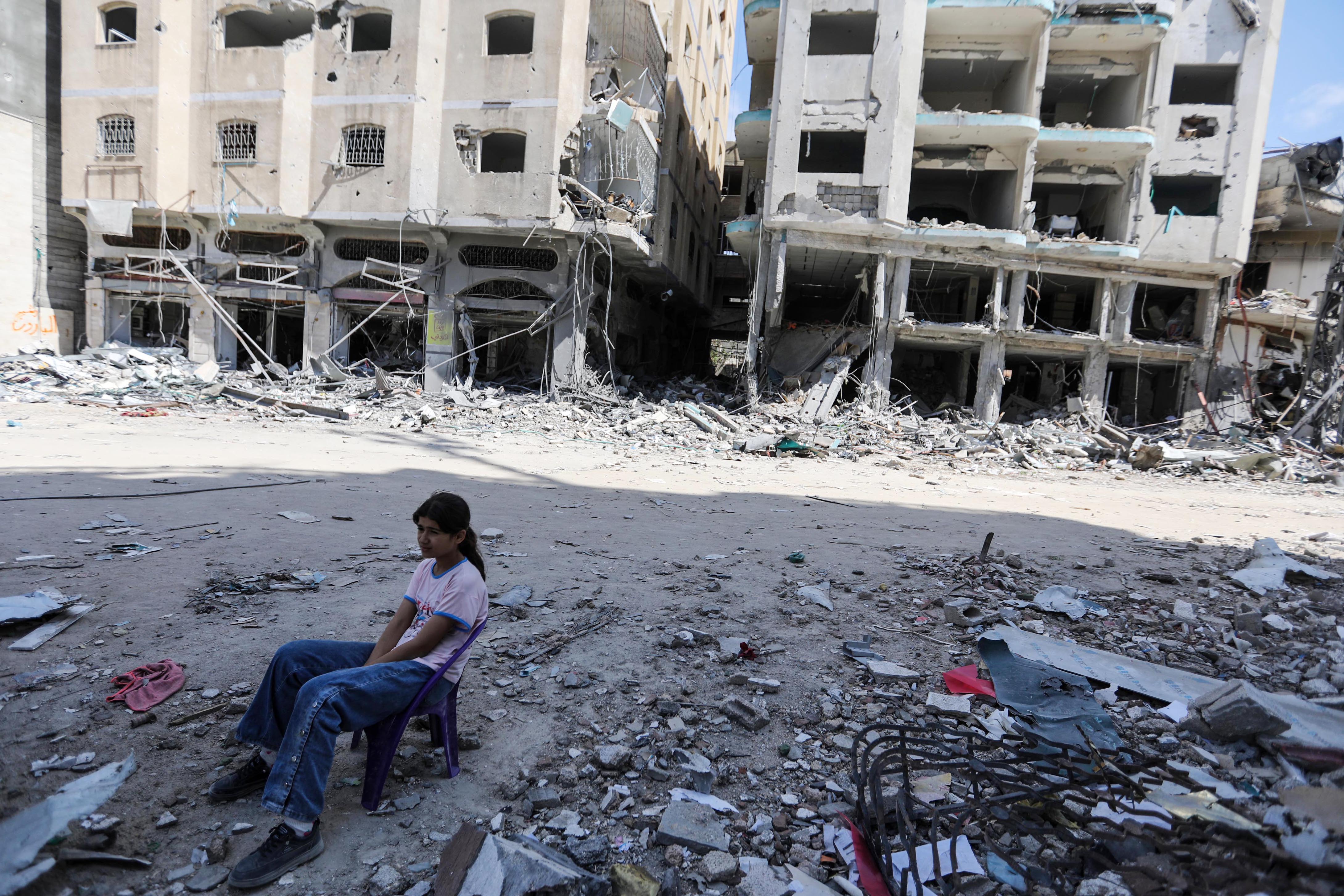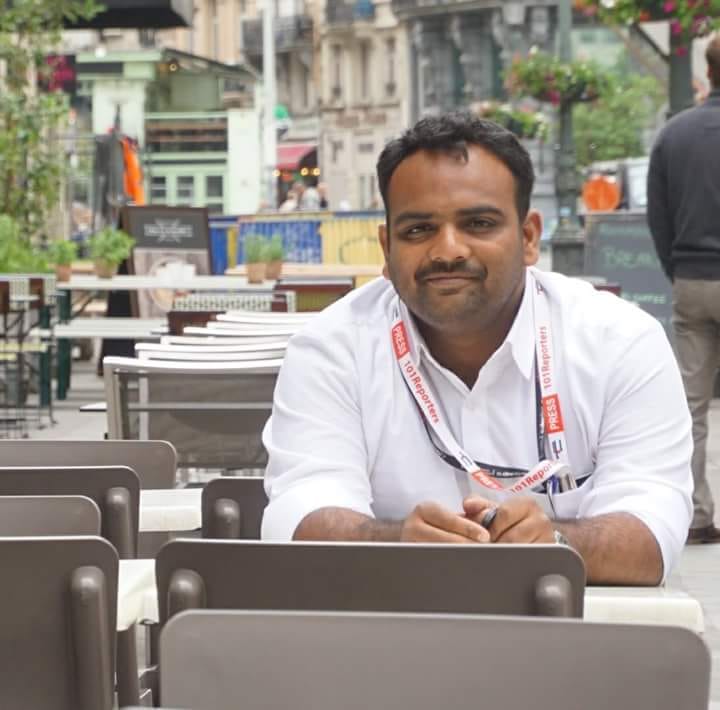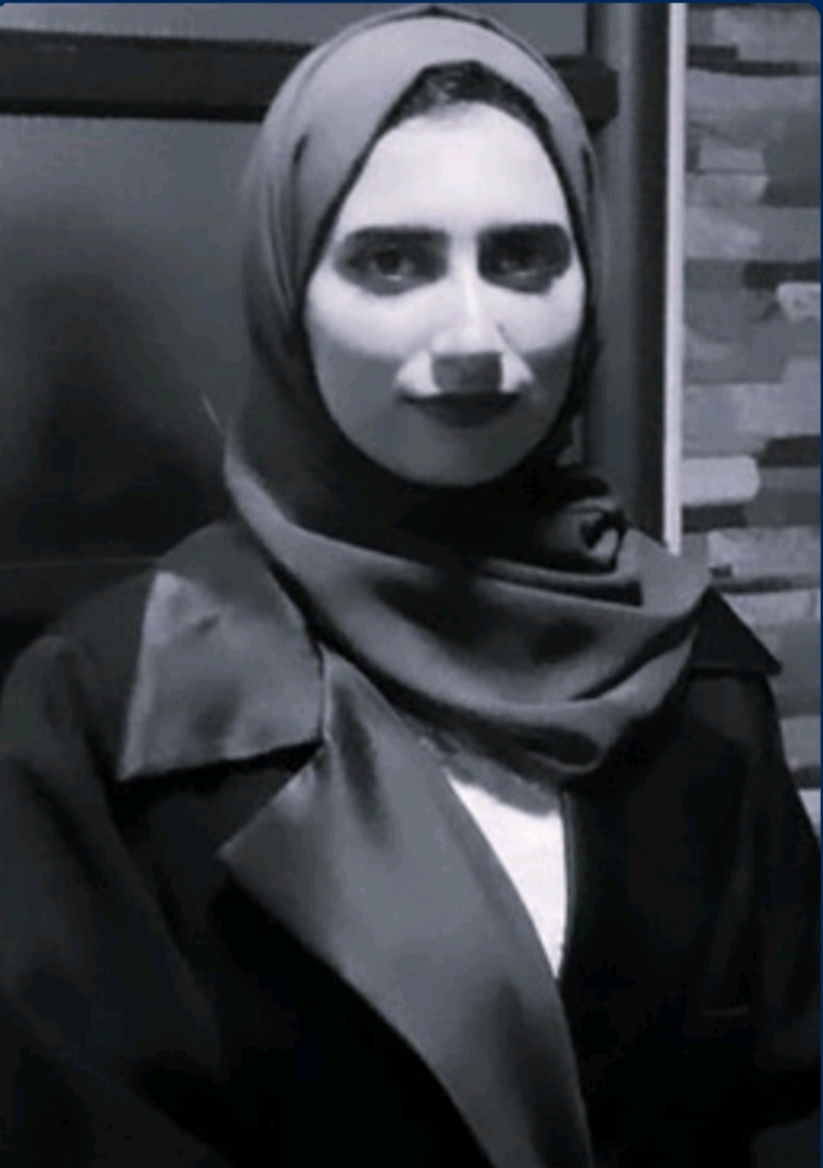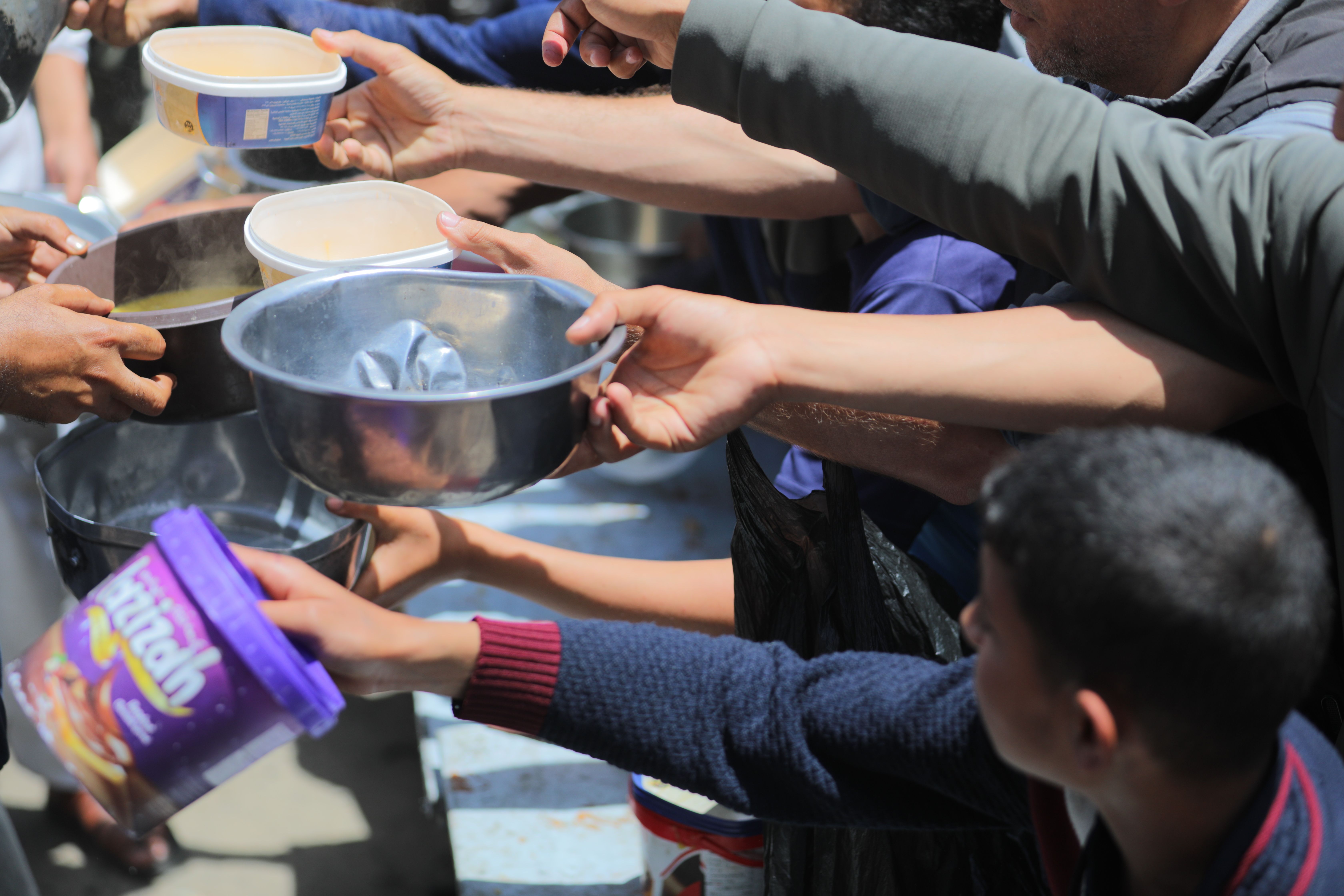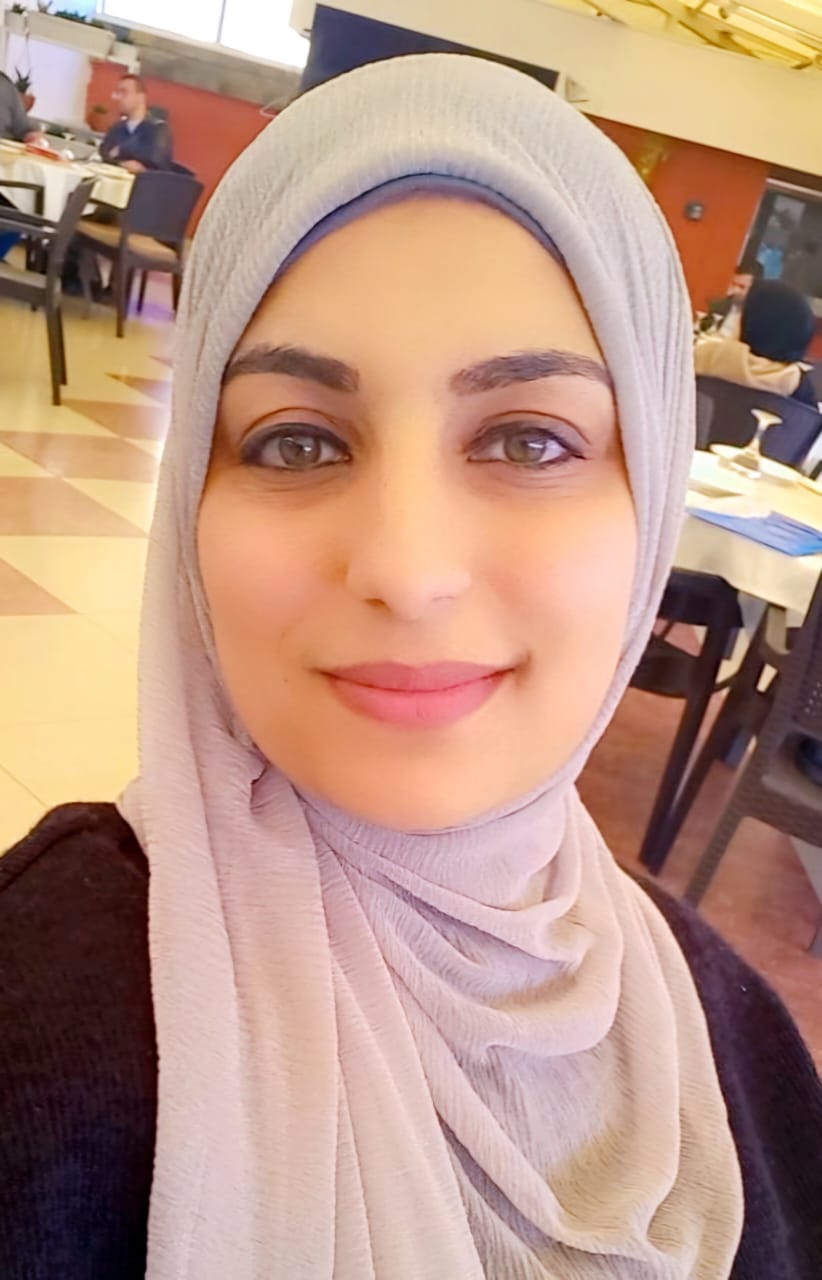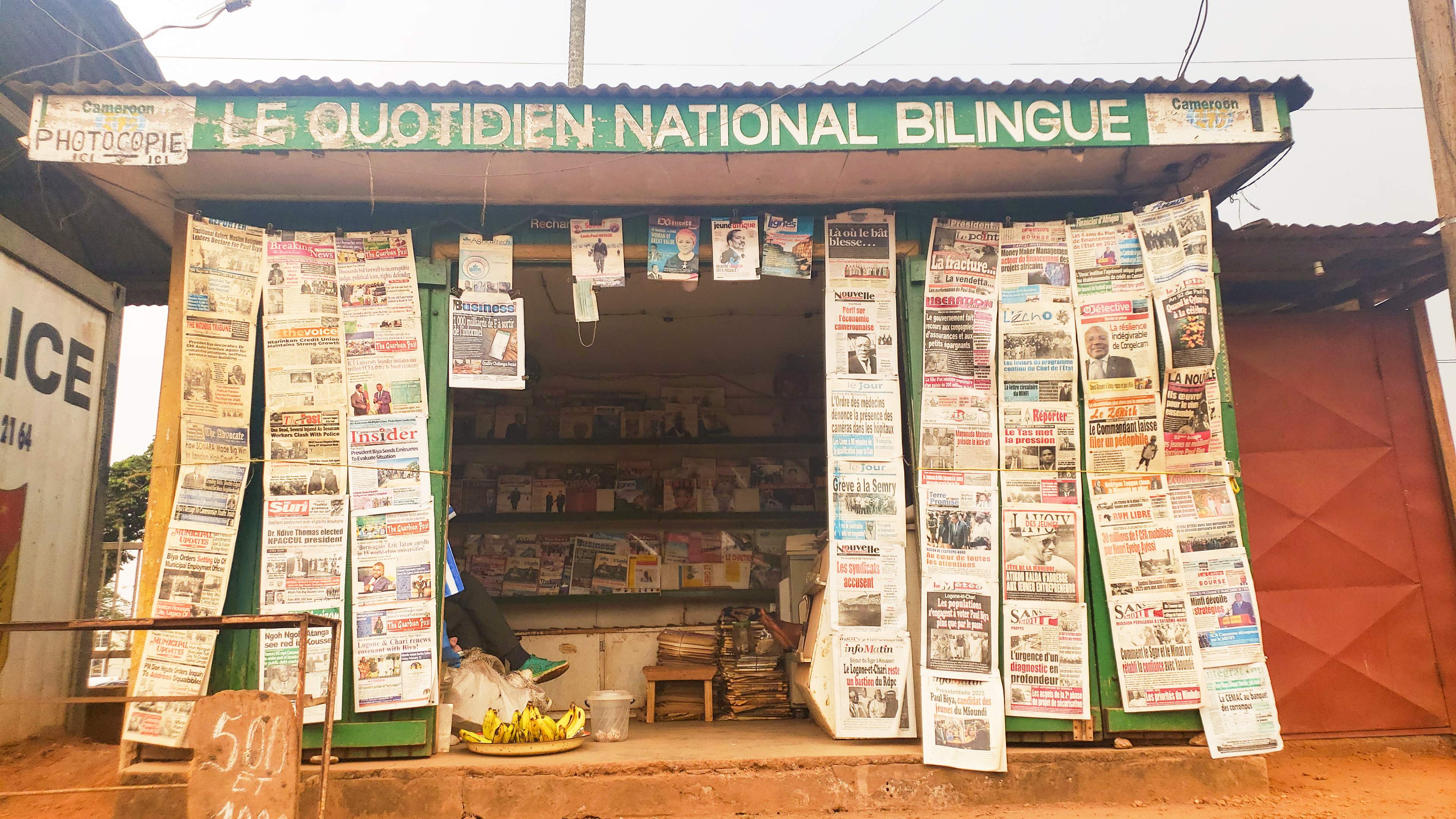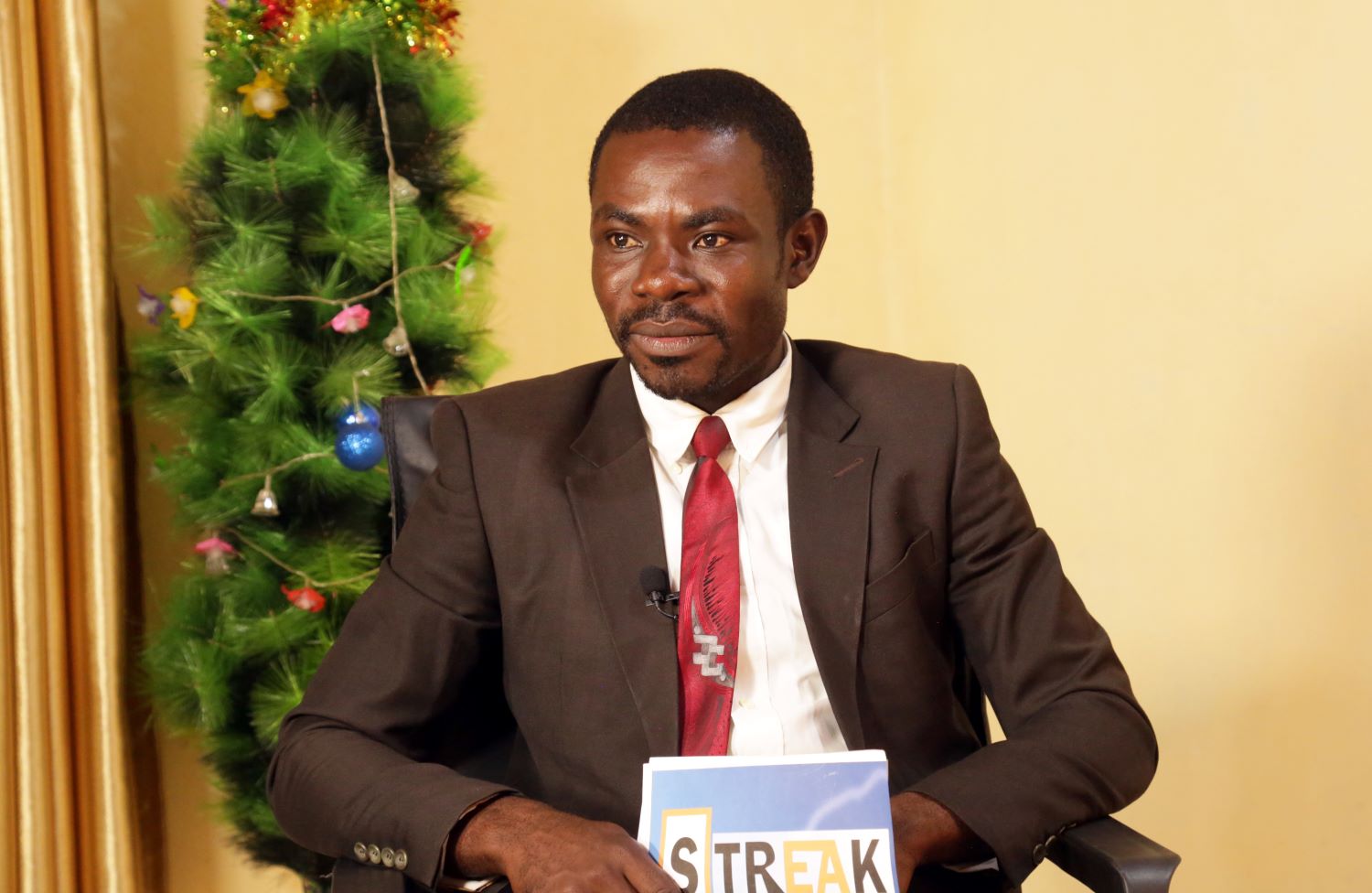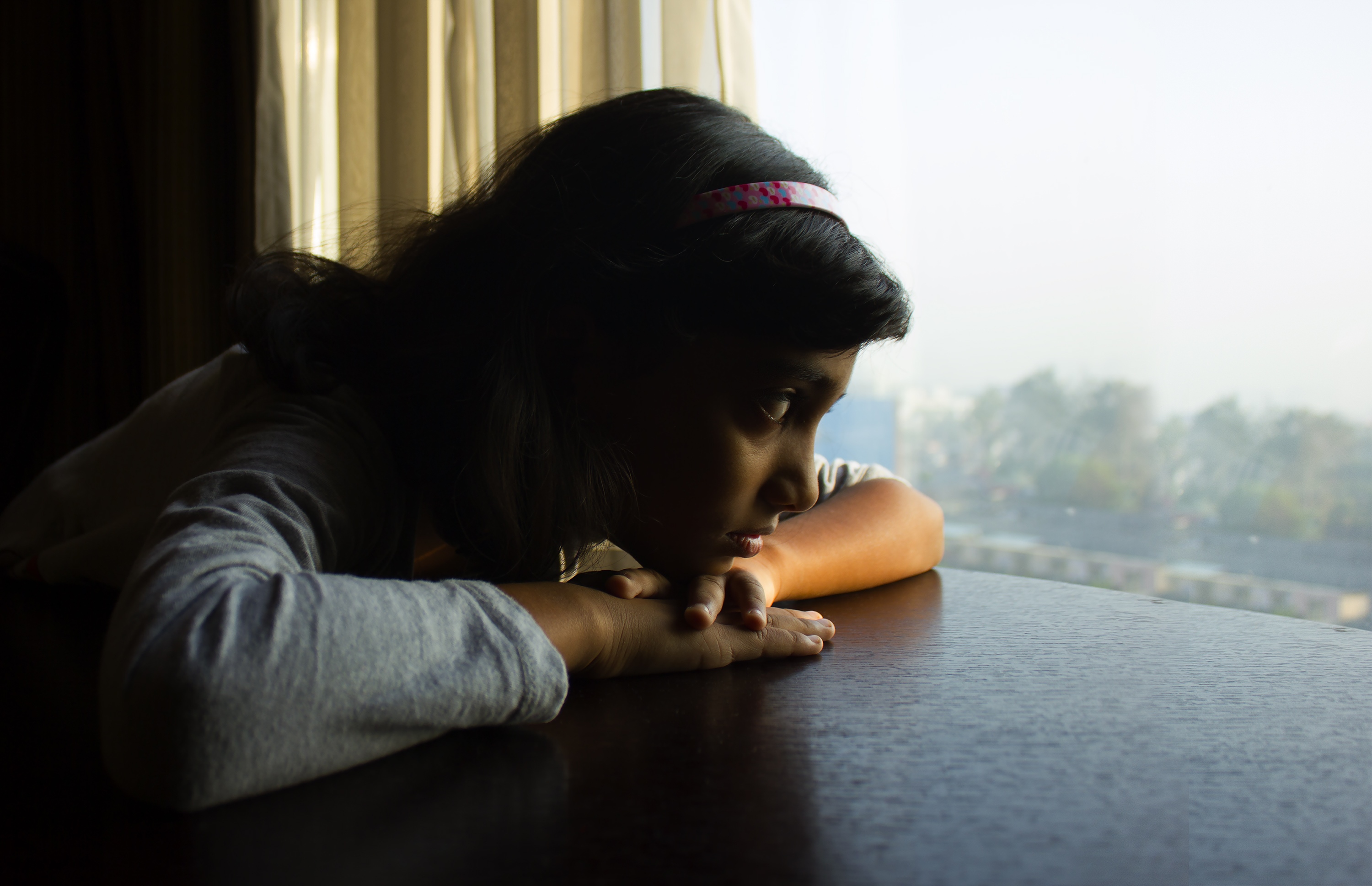This article was originally written in Arabic and translated into English using AI tools, followed by editorial revisions to ensure clarity and accuracy
The field represents the pinnacle of the intersection between journalism and the social and human sciences. As phenomena grow more complex, the journalist often dons the cloak of the sociologist without relinquishing the core mission of the profession: holding power to account and seeking truths that challenge all forms of authority. This turn toward the tools and knowledge of the social sciences enhances the quality of coverage and anchors stories within their essential contexts.
Maurice Brinton, the author, spent more than two weeks in France as an eyewitness to the 1968 student revolution. He reported the events with the spirit of an activist and the tools of a sociologist, though he clearly stated in the introduction that his aim was to report rather than analyze. Nevertheless, his diary of the protests bridges firsthand testimony and sociological insight, explaining in detail how the revolution spread from lecture halls to public squares. His work carefully observed graffiti, the political and ideological identities of participants, and provided a day-by-day chronicle of events. (1)
Brinton wrote:
“It is no coincidence that the ‘revolution’ began in the sociology and psychology faculties at Nanterre University. Students realized that the sociology being taught to them was a tool to control and manipulate society, not to understand it for the sake of changing it. In that process, they discovered a revolutionary sociology. They rejected the bureaucratic slot assigned to them: that of ‘experts’ serving the technocratic establishment, specialists in ‘the human factor’ in the modern industrial equation. And in doing so, they discovered the importance of the working class.”
On May 2, 1968, the flame of the student uprising leapt from the suburbs into the heart of Paris, breaking through the gates of the prestigious Sorbonne University. Yet the political elite, foremost among them Prime Minister Georges Pompidou, who chose at the time to visit Afghanistan, did not foresee that this student movement would birth a new political moment, culminating in the resignation of President Charles de Gaulle, despite his electoral and historical legitimacy as a symbol of liberation from Nazism during World War II.
While the “May Revolution” inspired protest movements driven by a rising leftist wave across Europe and the globe, it also sparked a new mode of journalism influenced by sociologists critiquing the symbolic order of “traditional norms” shaped by the evolution of capitalism in the media.
At the time, academia and journalists alike were confronted with a reality too complex for conventional tools (2), or for quick, elite-driven opinion pieces that hovered above society’s messy depths. The student movement rapidly evolved into something revolutionary, marked at times by stark violence. Renowned sociologist Raymond Aron reflected (3) in his now-classic article Après la tempête (“After the Storm”):
“No one could have foreseen what happened—not the President, not the government, not Parliament, not the Communist Party, not the unions, not even the author of these lines.”
Before the students' uprising, French journalism was preoccupied with opinion battles in political and cultural press columns, while public anger simmered in the margins and student spaces, undetected by media blind to popular discontent with “paternal authority,” a form of power that emerged after WWII.
To put it differently: the dominance of opinion and what Ignacio Ramonet, former director of Le Monde Diplomatique, called the “tyranny of communication” obscured journalism’s on-the-ground presence. Fieldwork allows journalists to remain tethered to reality, producing knowledge that respects the standards of “objective truth.” In contrast to hasty desk-reporting snippets, field journalists collect, analyze, interpret, clarify, and often challenge preconceived narratives, donning the robe of the sociologist to unpack complex phenomena like migration, protest movements, religiosity, social relations, and power dynamics.
While the “May Revolution” inspired protest movements driven by a rising leftist wave across Europe and the globe, it also sparked a new mode of journalism influenced by sociologists critiquing the symbolic order of “traditional norms” shaped by the evolution of capitalism in the media.
The Field and Objective Truth
With the rise of the internet and the spread of social media platforms, an avalanche of literature has emerged around these technological shifts in journalism. Concerns include a decline in professional standards and the hollowing out of journalism’s investigative depth. But critical discourse has failed to shape journalists' work or push media organizations to reform how journalistic knowledge is produced.
The indictment of journalism in the digital age accuses it of chasing speed, becoming a capitalist commodity governed by market logic, drifting into entertainment, and bowing to the economic agendas of mega-corporations. Editorial rooms have fallen under political influence. Yet French journalist Serge Halimi, author of The New Watchdogs, argues the internet didn’t destroy journalism. Instead, he says journalism was already crumbling under restructuring pressures, marketing-driven content, disdain for working-class readers, and control by billionaires and advertisers. He notes:
“The internet has not destroyed journalism. It has been stumbling for some time under the weight of restructurings, marketing-driven content, contempt for working class readership, and under the influence of billionaires and advertisers. It wasn’t the internet that propagated the allies’ untruths during the first Gulf war (1991) or Nato’s during the Kosovo conflict or the Pentagon’s during the Iraq war. Nor can we blame the internet for the media’s inability to publicise the collapse of savings banks in the US in 1989 and the collapse of emerging nations eight years later, or to warn of the housing bubble for which we are all still paying the price.” (4)
This debate around journalism’s power, fed by WWII’s aftermath and the development of communication studies in the U.S., led to pioneering models in the Americas and Europe. These went beyond news reporting to explain events, understand society, and improve the accuracy and contextual richness of media coverage. Yet suspicion remains between journalism, with its aim of constructing clear, concise narratives, and social sciences, which favor abstraction, theoretical analysis, and “sociological distance.”
As noted earlier, the root of this misunderstanding lies in some core questions:
Does journalism take a stance on social, political, or cultural critique?
Is its nature merely descriptive and normative, sticking to traditional reporting practices?
Or does journalism, as Moroccan historian Abdallah Laroui puts it in From the Diwan of Politics, focus on answers rather than premises, on conclusions rather than introductions, and can one grasp an answer without its context? (5)
Does journalism take a stance on social, political, or cultural critique? Is its nature merely descriptive and normative, sticking to traditional reporting practices? Or does journalism, as Moroccan historian Abdallah Laroui puts it in From the Diwan of Politics, focus on answers rather than premises, on conclusions rather than introductions, and can one grasp an answer without its context?
In 2014, I was reporting in Kelaat M'Gouna, southern Morocco, on the 1981 torture of residents accused of disobeying the late King Hassan II’s orders to cancel the Eid sacrifice. Graffiti mocking the decision had been scrawled on city gates.
At first glance, after gathering testimonies, the story seemed simple: citizens protested, and the state punished them. But a closer look at the region’s historical relationship with central authority disrupted this reduction, offering a new context that flipped the entire narrative.
The town of Kelaat M’Gouna lies about eight hours from the capital, Rabat, where I was based at the time. Ideally, the story could have been completed without going to the field, avoiding the burden of a half-day journey and the added costs to the organization. After all, I had already gathered testimonies, sources, and some statements from residents who had lived through the events, in addition to reports from the Equity and Reconciliation Commission that addressed issues of collective memory.
Yet a simple remark by one of the torture victims from 1981, regarding a previous boycott of a referendum to extend parliamentary terms from four to six years (a state initiative that mobilized all available means for its approval), shifted the entire framing of the story: from merely “exposing the victims’ suffering” to digging into the historical roots that help explain why the state resorted to such extreme forms of torture against its own citizens.
At first glance, after gathering testimonies, the story seemed simple: citizens protested, and the state punished them. But a closer look at the region’s historical relationship with central authority disrupted this reduction, offering a new context that flipped the entire narrative.
Can journalism, by its nature reductive, fast-paced, and driven by economic concerns, bear the weight of this new historical approach, one that refuses to tolerate half-truths and centers on the suffering of victims rather than those responsible?
For me, highlighting this historical background; namely, the deeply rooted anti-authority sentiment in the city, was necessary for four main reasons:
-
Contemporary transformations in journalism increasingly make room for the social and human sciences to frame stories within their full, unfragmented contexts and to build new knowledge that goes beyond the familiar and the conventional.
-
The primary goal is to move past the traditional view that sees social science as an abstract, complicated, and elitist form of academic knowledge. In contrast, it is vital to show the public how these forms of knowledge can significantly improve the quality of investigative journalism in particular.
-
The field itself holds fundamental value in journalism; it lies at the heart of the profession and intersects with the social sciences in the pursuit of objective truth. It enables journalists to confront biases and, in many cases, to uncover entirely new or alternative truths that may challenge their own assumptions and lead to new understandings.
-
The relationship between journalism and the social or human sciences should not be framed in terms of separation or connection, or as two distinct domains (especially since journalism is itself classified within the social sciences). Instead, journalism should be viewed as an evolving profession resisting the capitalist logic of information, the commodification of news, and the erosion of epistemic value. In this light, journalism requires the tools of social science to interpret phenomena marked by complexity and entanglement.
For that reason, I was careful to clearly signal this historical backdrop; however briefly, in the opening of the investigation:
“And because it is in the nature of the makhzen (the state apparatus) not to forget, it found the moment ripe to settle old scores with some of the 'veteran rebels' who had boycotted the referendum to extend parliamentary terms from four to six years, and who later led a fierce campaign urging people to vote ‘no’ in the referendum to lower the crown prince’s age of legal maturity. As a result, dozens of townspeople were arrested and abducted that same year, and subjected to various forms of torture and abuse—electric shocks, finger amputations, and starvation—during the Eid al-Adha of 1981.” (6)
Such historical framing doesn’t just illuminate the public’s understanding of what happened and connect victims’ testimonies to broader historical events—it also serves to indict the perpetrators and expose the retaliatory nature of state power during those tense, troubled times in the relationship between state and society.
The mere act of journalists drawing from the social or human sciences should not be seen as a guarantee of accuracy or quality. On the contrary, it can lead to distortion, the reinforcement of biased narratives, and the defense of state-sponsored versions of reality. Coverage of the genocide in Palestine has shown how the manipulation of historical information can entrench the occupier’s narrative, legitimize the so-called “Jewish promise,” and promote the myth that Palestine was “a land without a people.”
Field journalism infused with the language of social science does not always result in objective truths or improved analytical framing, especially when the social or human science approaches involved are superficial, fragmented, ideologically slanted, or shaped by the journalist’s own biases, social pressures, or state repression, as is often the case in the Arab world.
The mere act of journalists drawing from the social or human sciences should not be seen as a guarantee of accuracy or quality. On the contrary, it can lead to distortion, the reinforcement of biased narratives, and the defense of state-sponsored versions of reality. Coverage of the genocide in Palestine has shown how the manipulation of historical information can entrench the occupier’s narrative, legitimize the so-called “Jewish promise,” and promote the myth that Palestine was “a land without a people.”
Journalism’s turn toward the tools of the social and human sciences should not be mistaken for an intellectual or technical trend. It must be understood within the context of journalism’s core mission: monitoring, questioning, and critiquing power, and the constant political and social constraints that hinder that mission. Drawing from these disciplines should stem from a deeper commitment to counter-hegemonic knowledge capable of destabilizing dominant narratives and achieving real journalistic impact. As Pierre Bourdieu noted in his analysis of “fields” and “habitus,” journalists often tend to defend the status quo and resist change, influenced by the dominant structures of cultural institutions and the political and economic pressures that shape the media landscape.
Thus, the role of social science at the intersection with journalism should be understood not as a means of control, but as a service to society.
References:
-
Maurice Brinton, The May Days, June 1968
https://www.marxists.org/archive/brinton/1968/06/may-68.htm -
Jean-Marie Charon, Journalisme et sciences sociales. Proximités et malentendus, Politix, No. 36
-
Raymond Aron, “Après la tempête,” Le Figaro, June 4, 1968
(Archival listing available via EHESS) https://raymond-aron.ehess.fr/docannexe/file/187/1965_1969.pdf -
Serge Halimi, “It’s Not the Internet,” Le Monde Diplomatique, October 2009
https://mondediplo.com/2009/10/01press -
Abdallah Laroui, Al-Sunna wa-l-Islah (Tradition and Reform). Beirut: Arab Cultural Center, 2008.
-
Investigative article on Kelaat M’Gouna, Jadid Info
https://www.jadidinfo.com/article-1350.html
